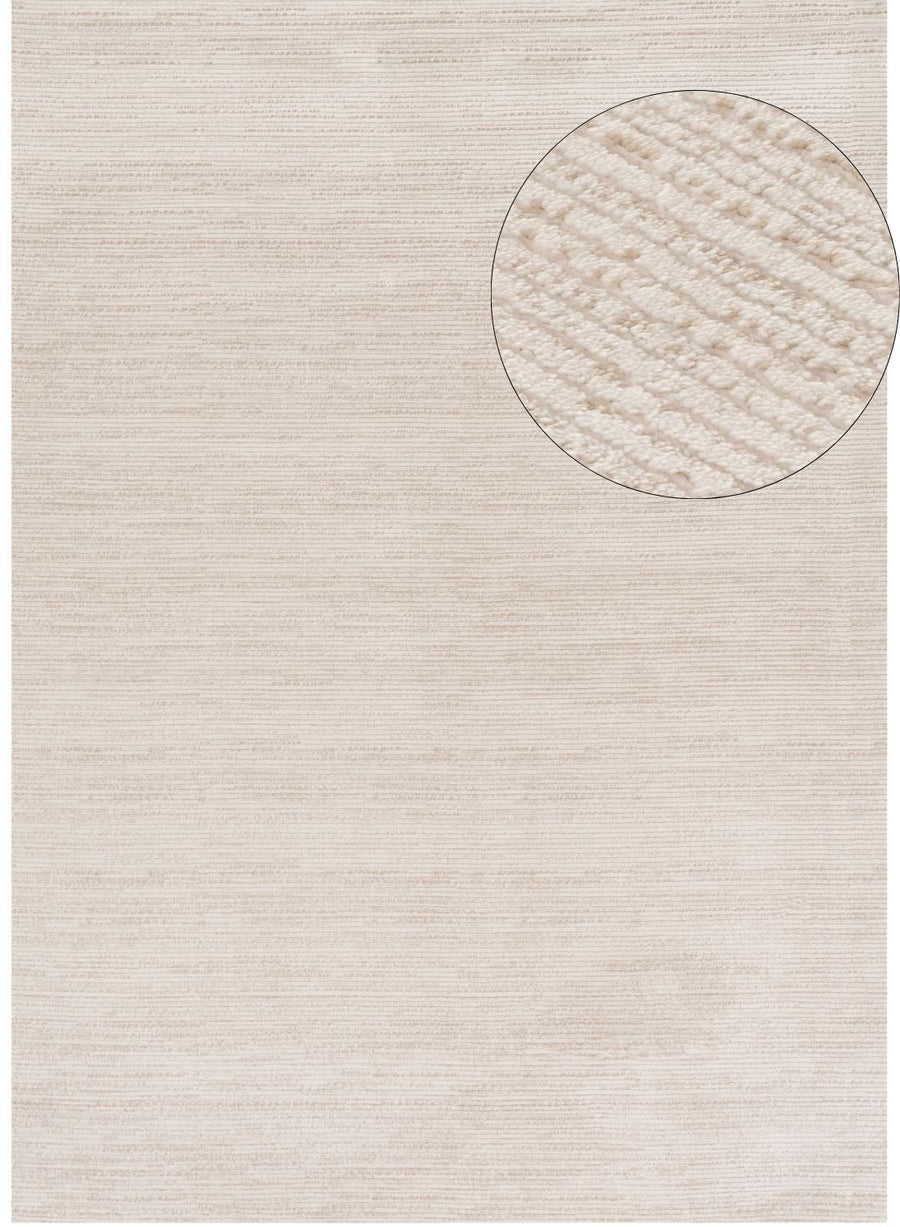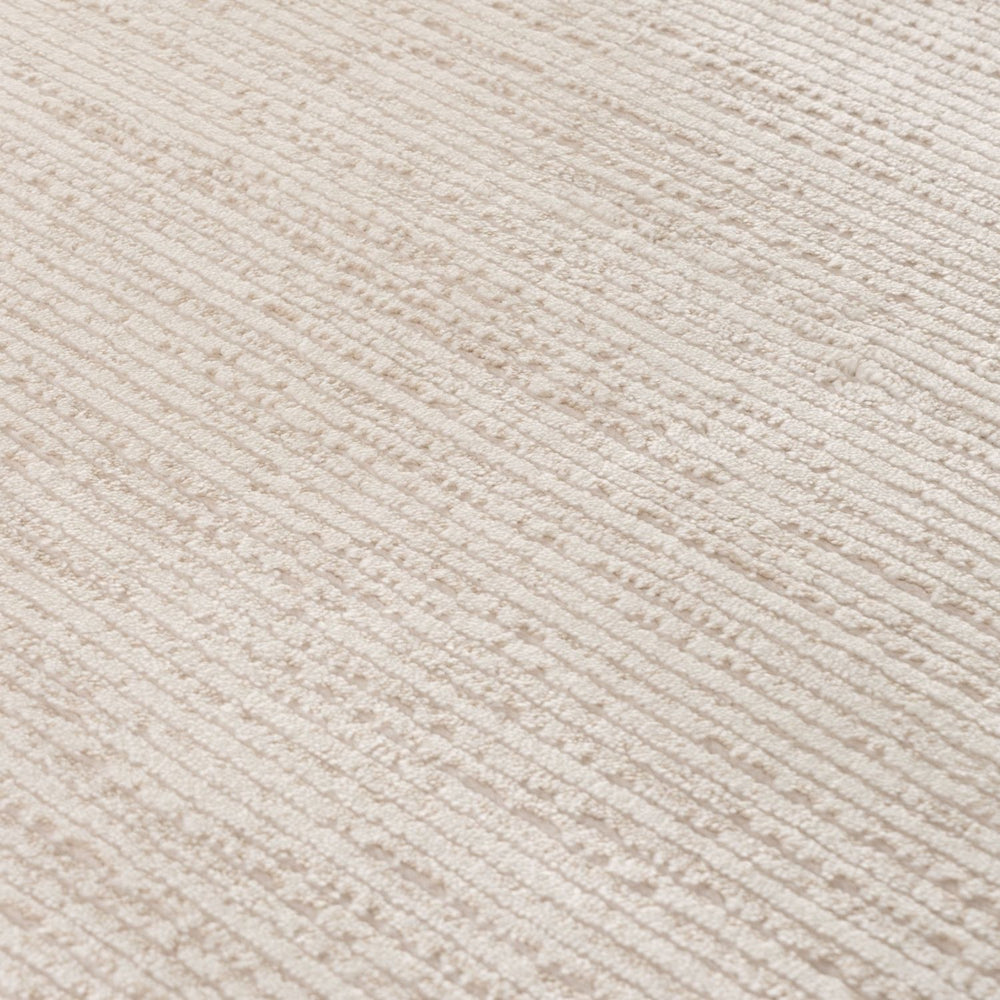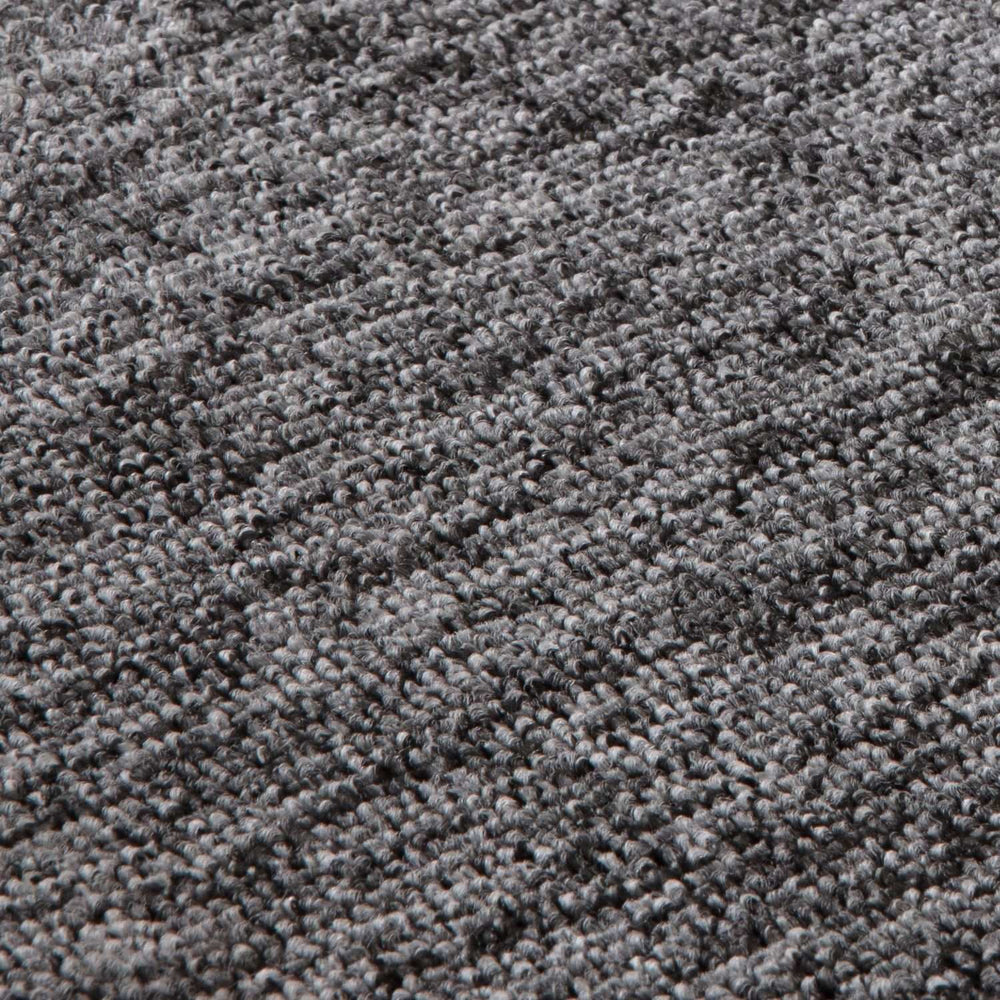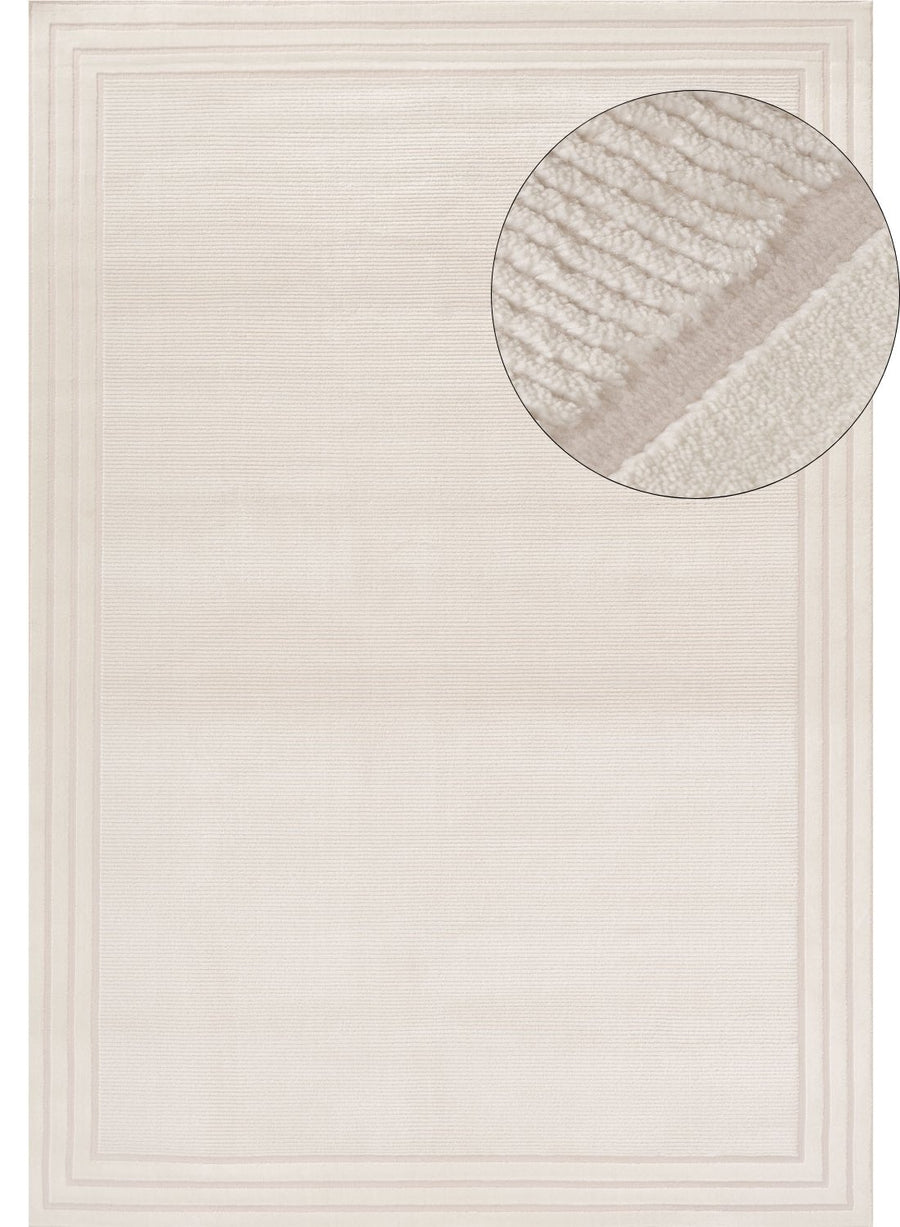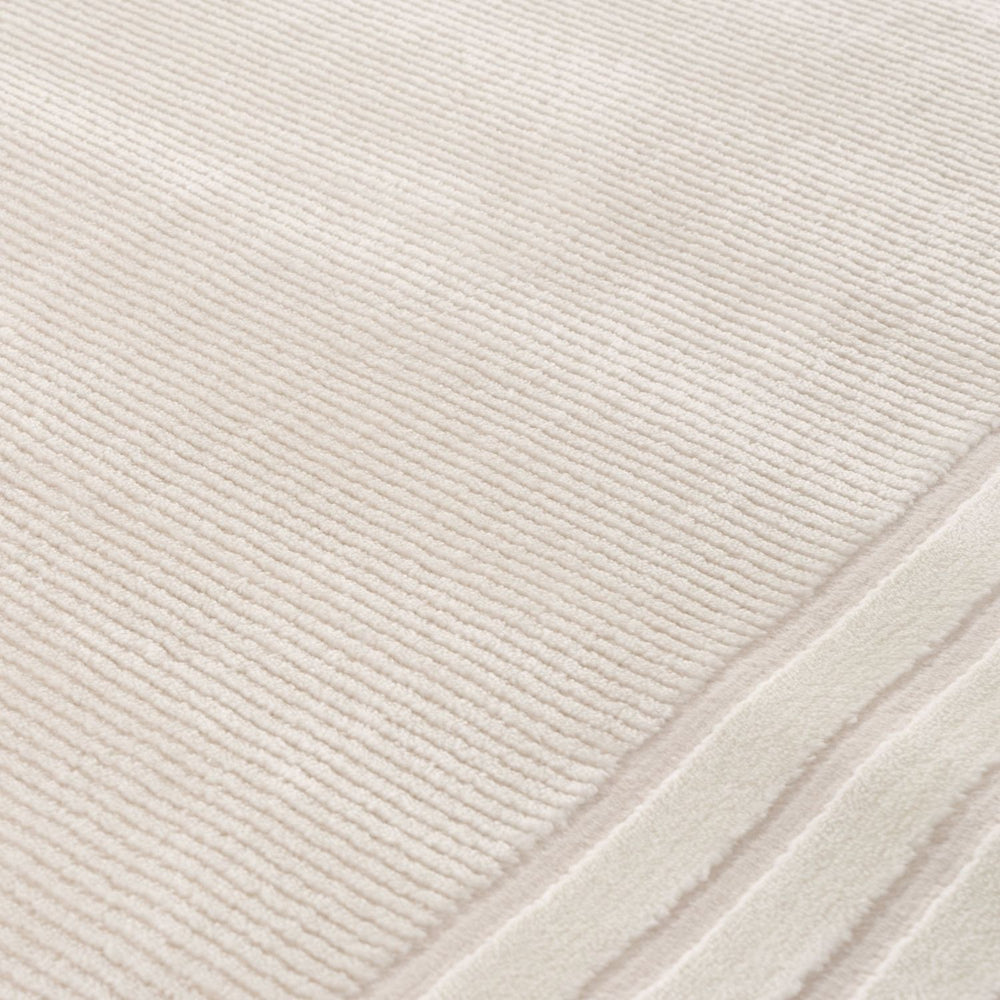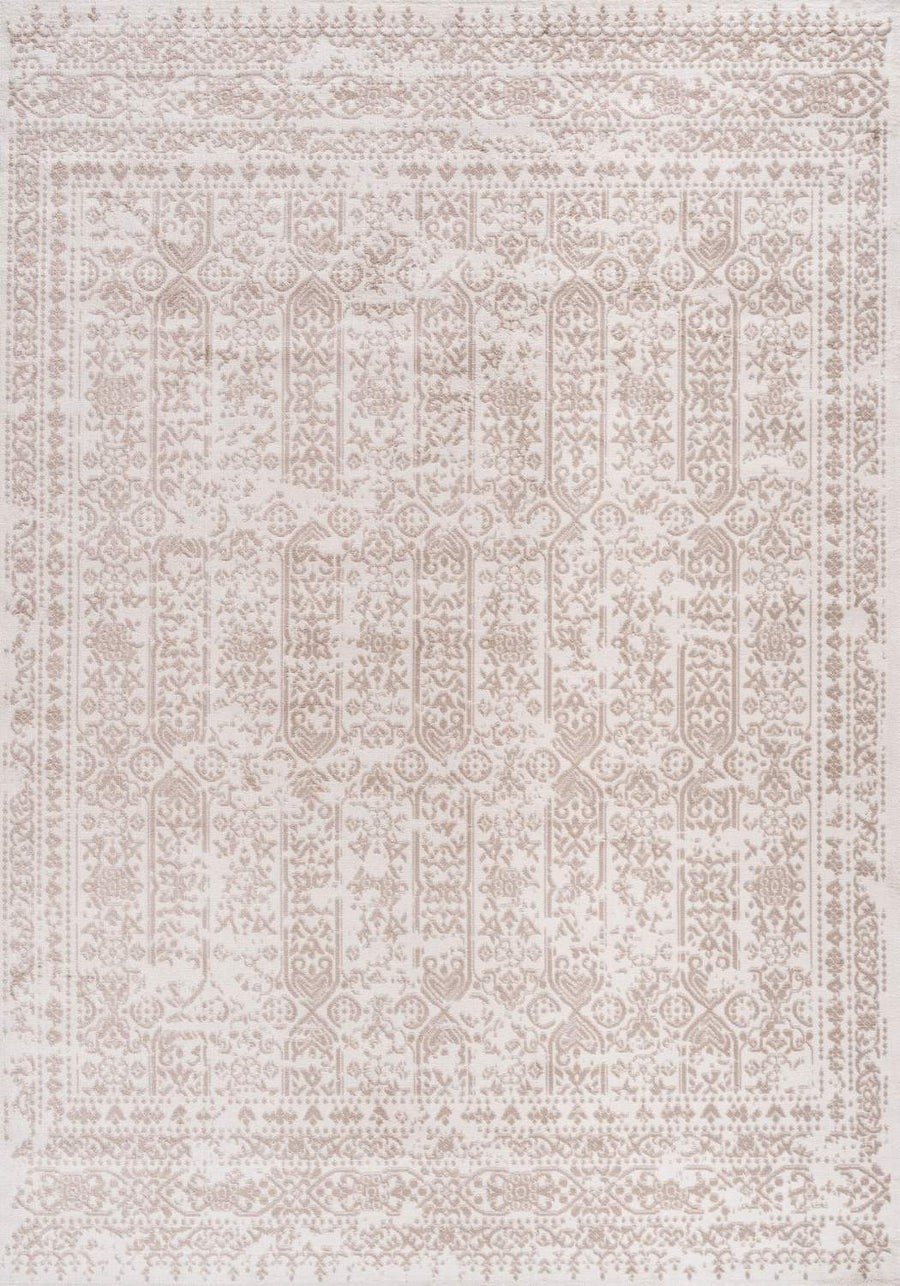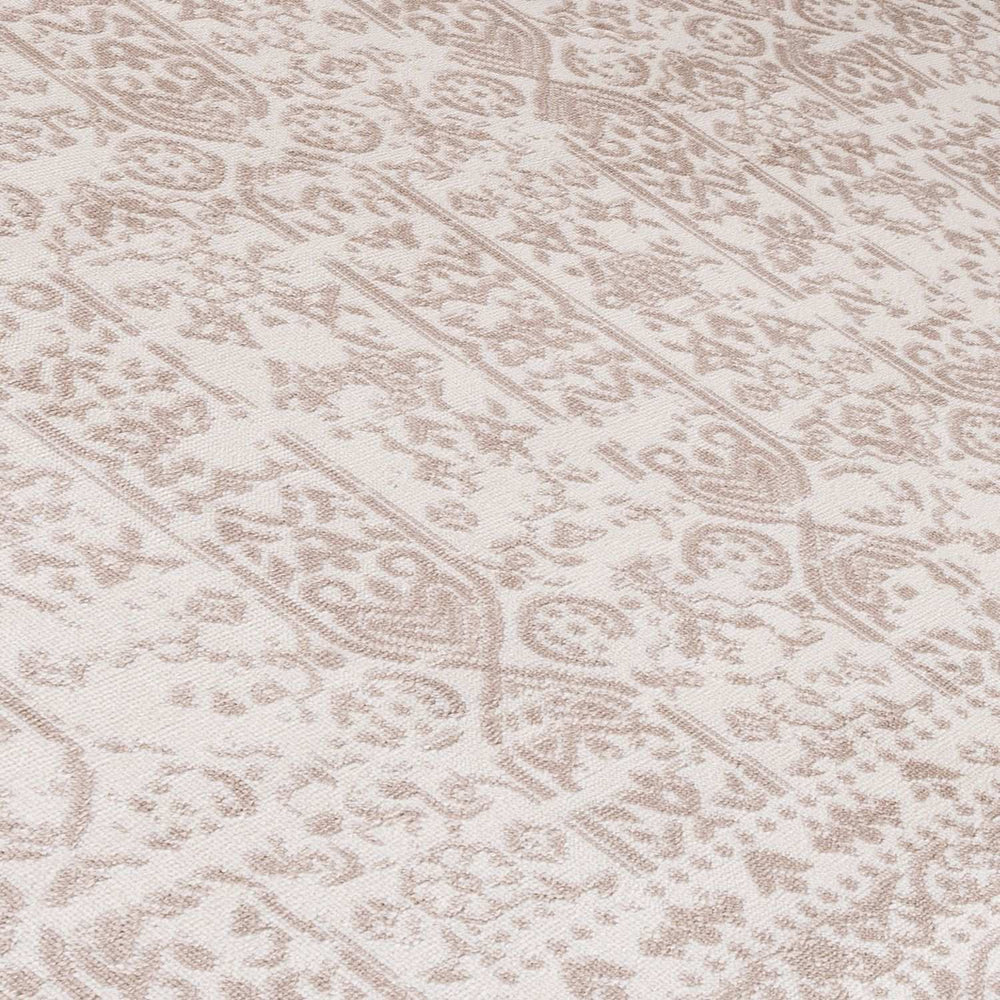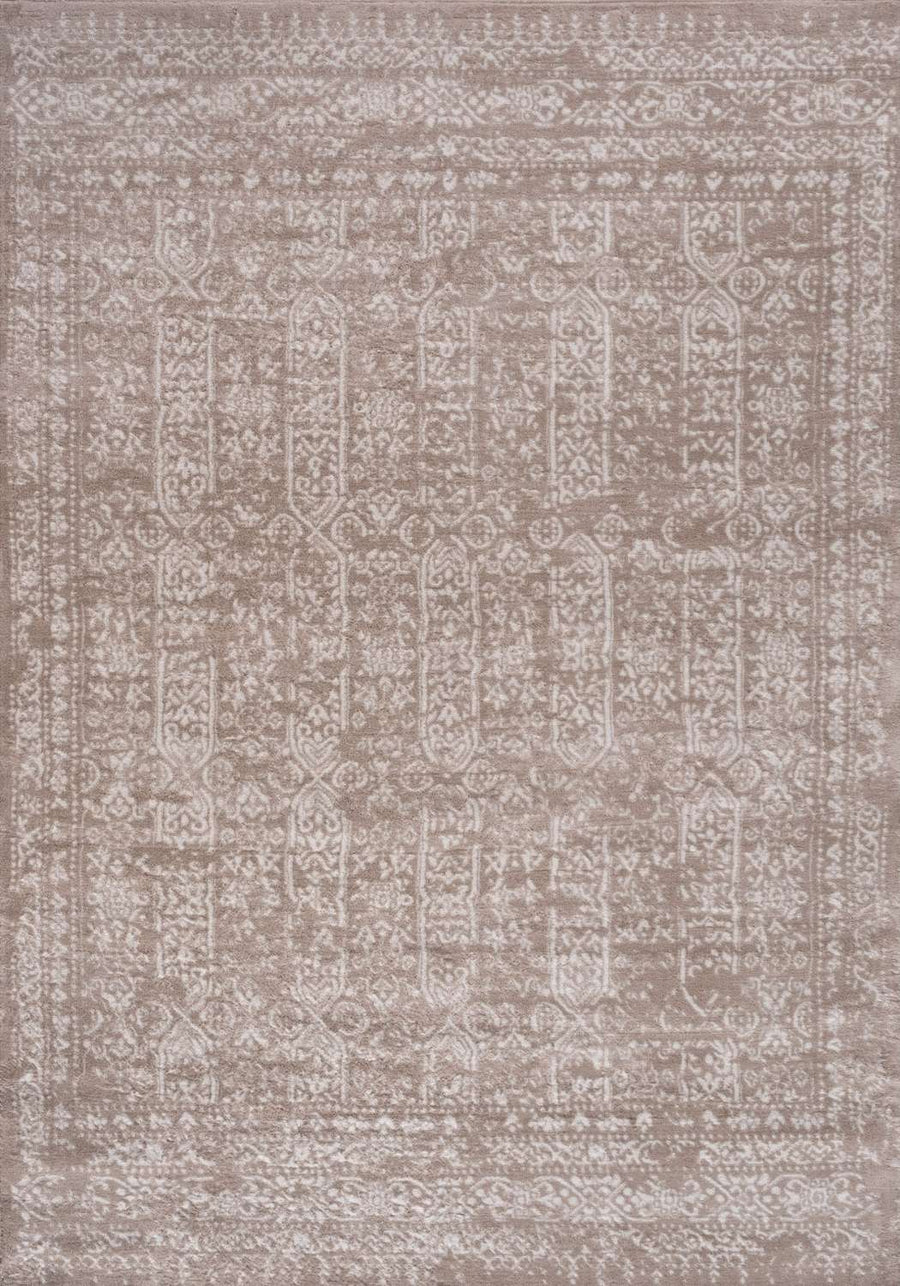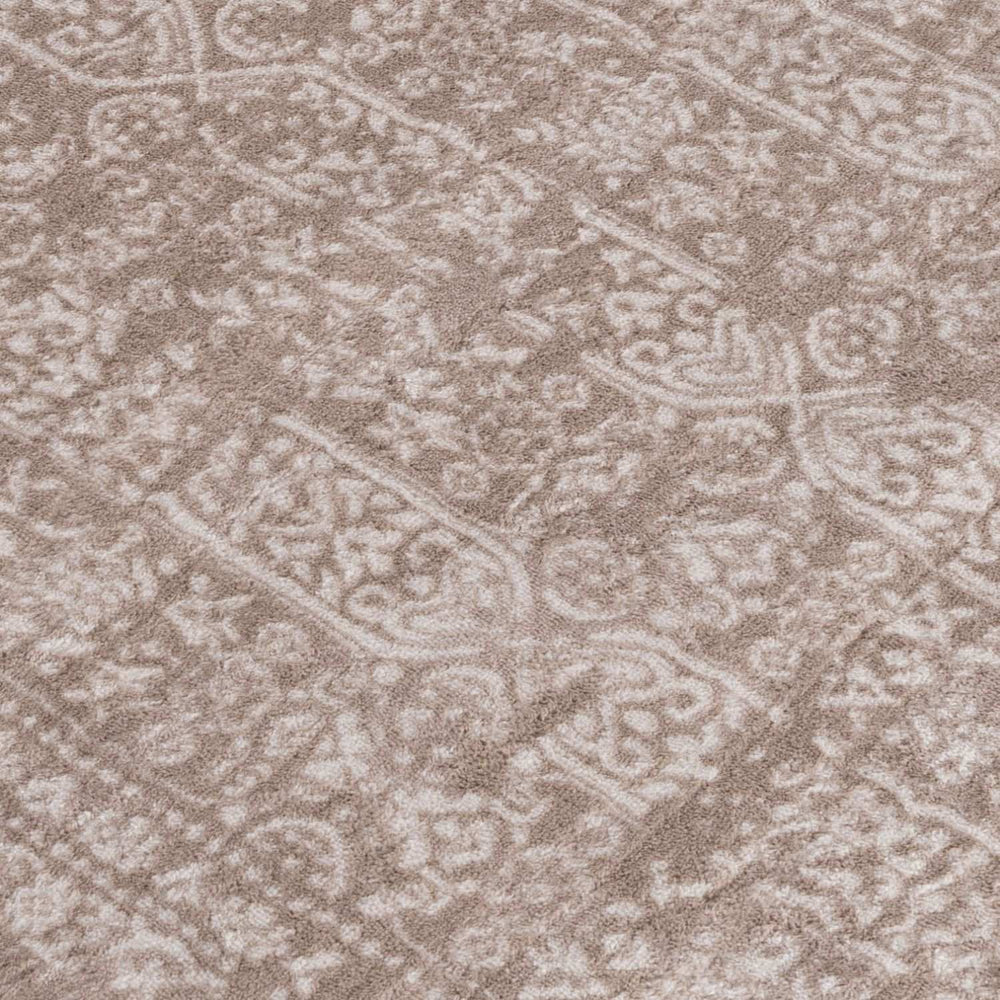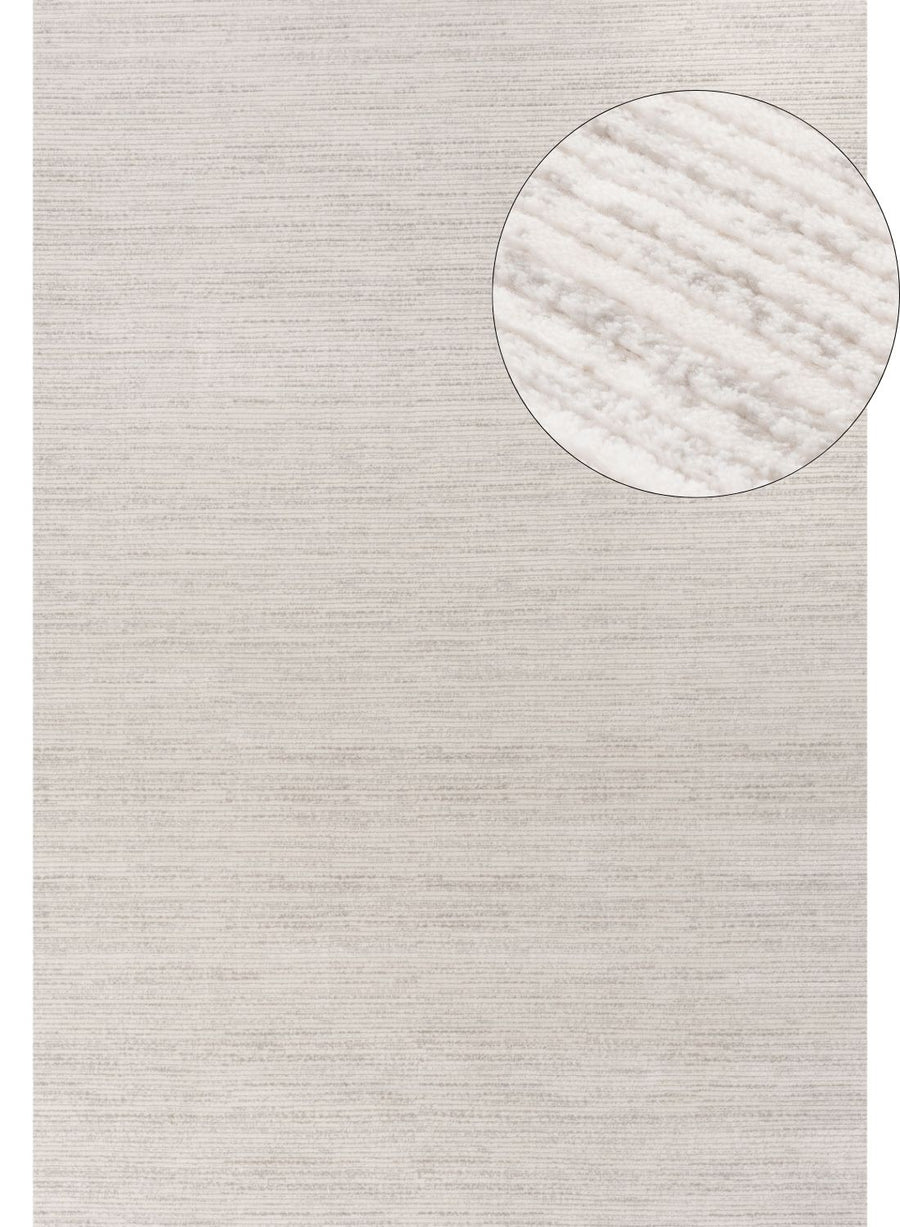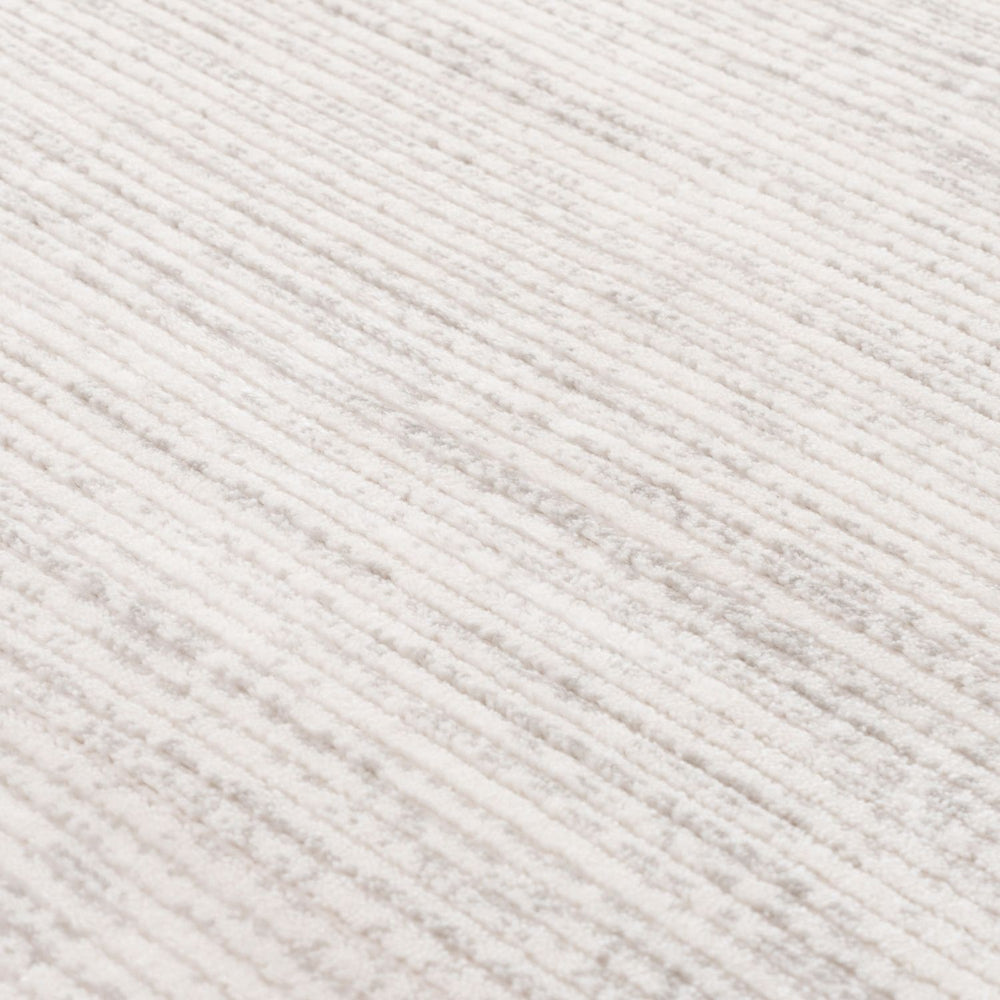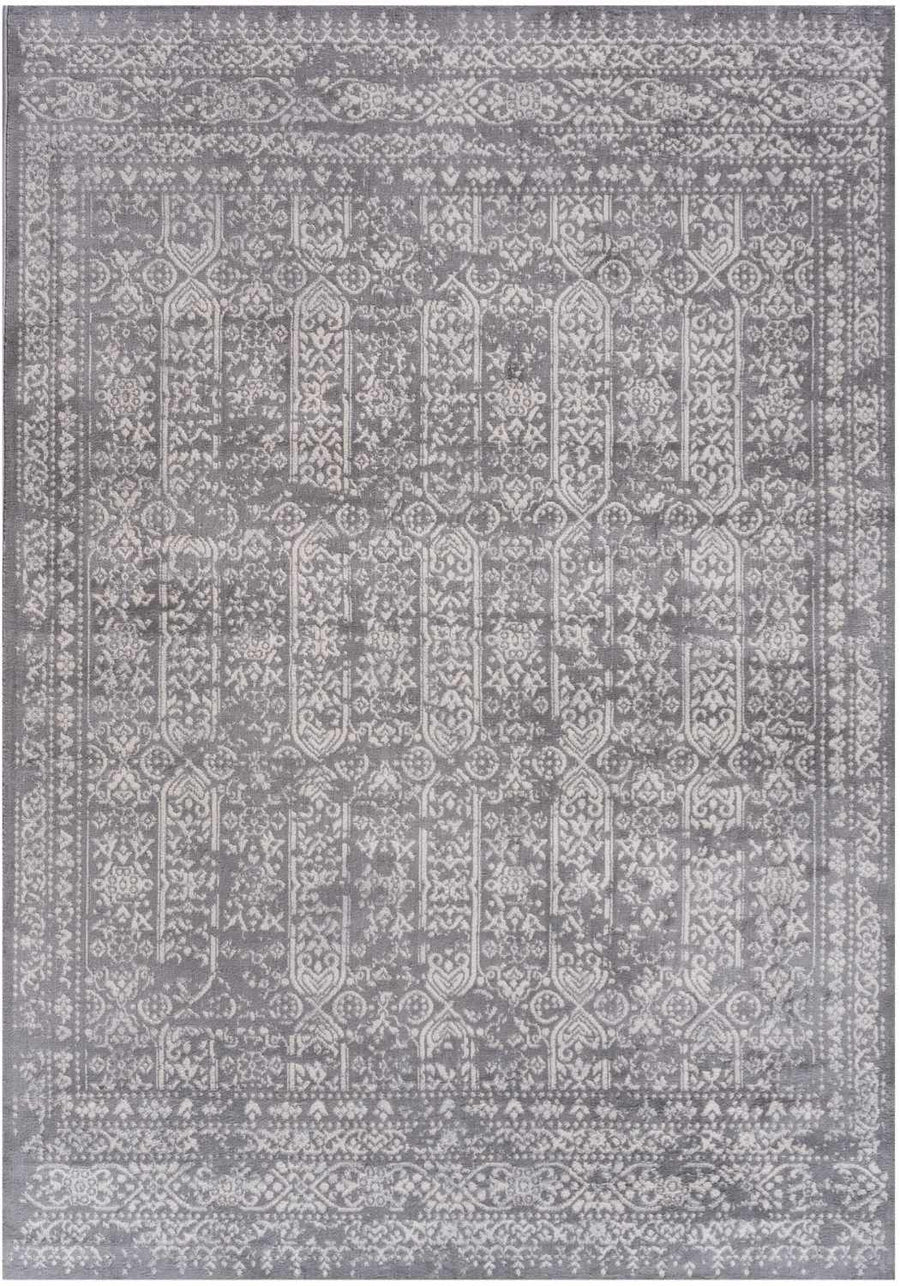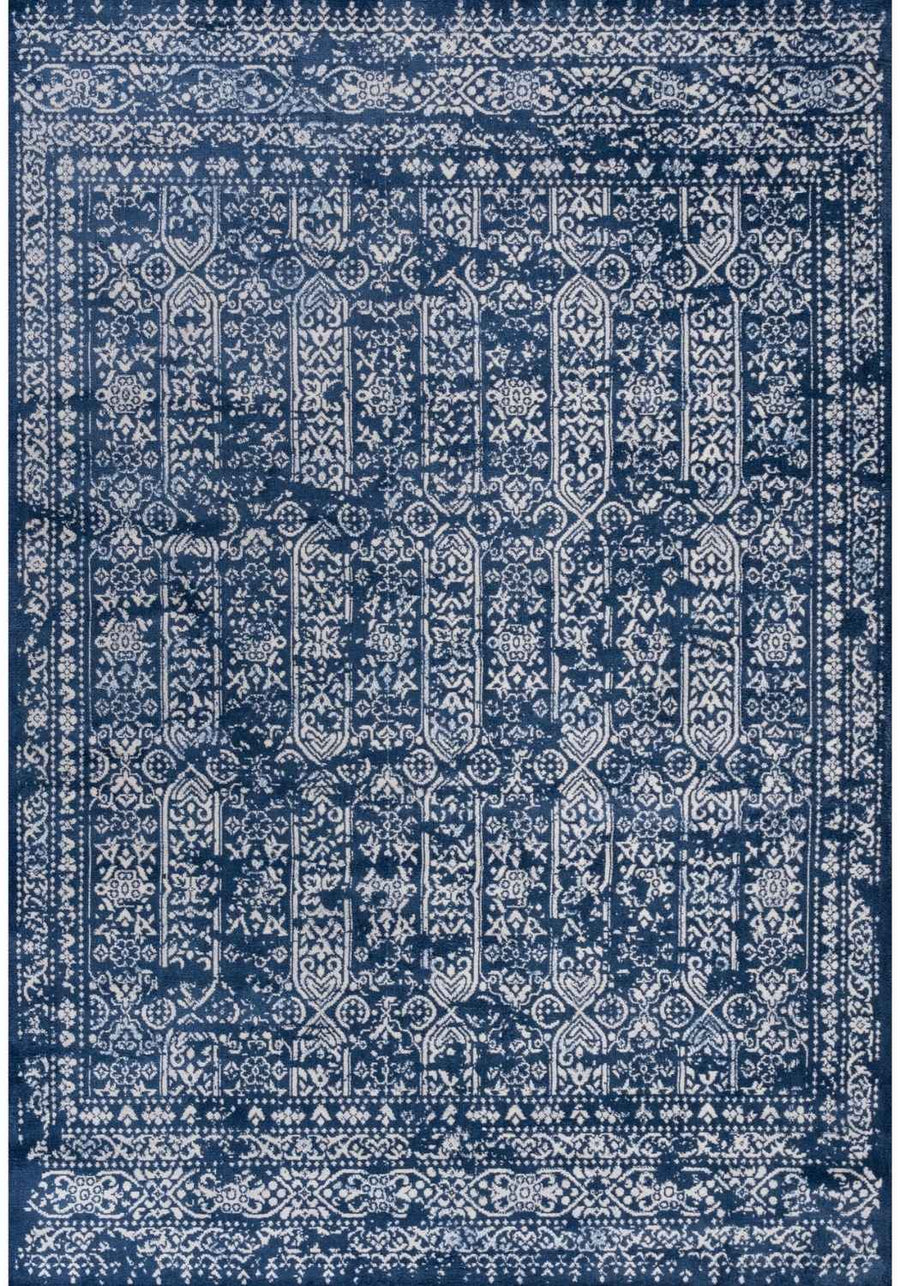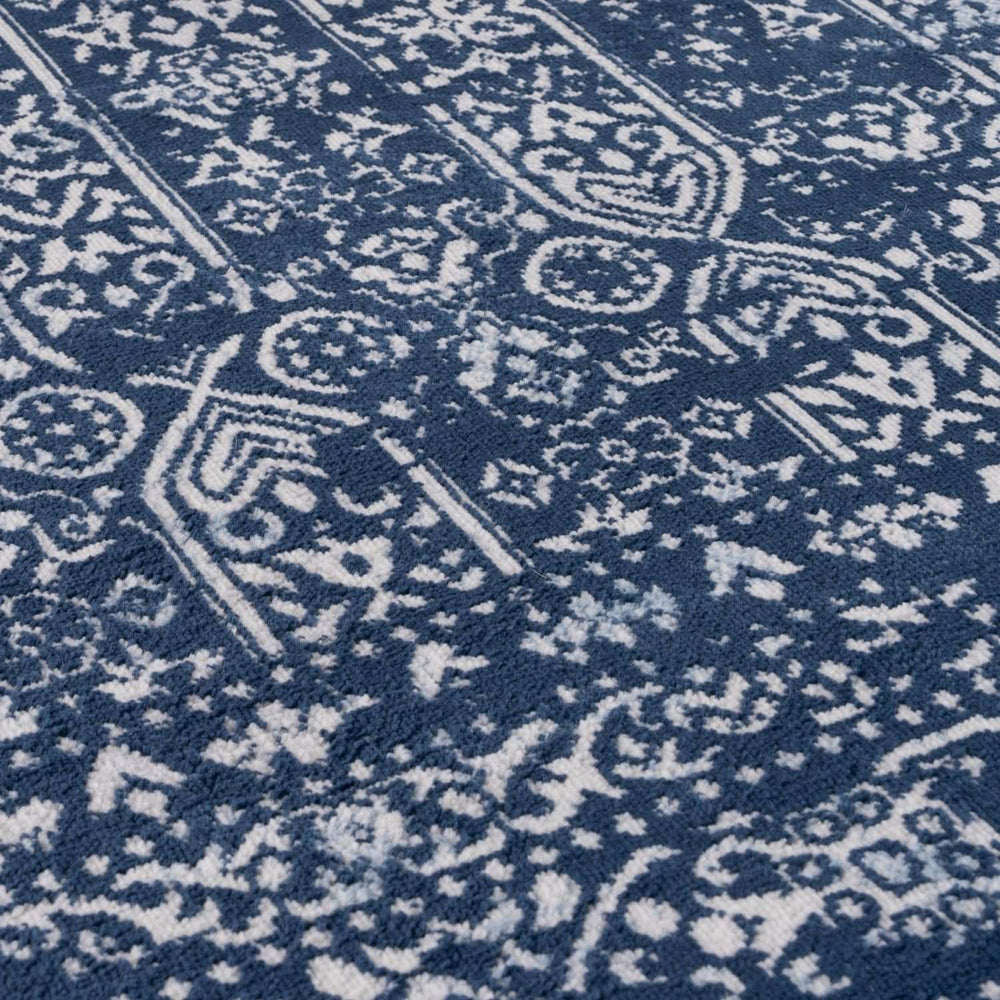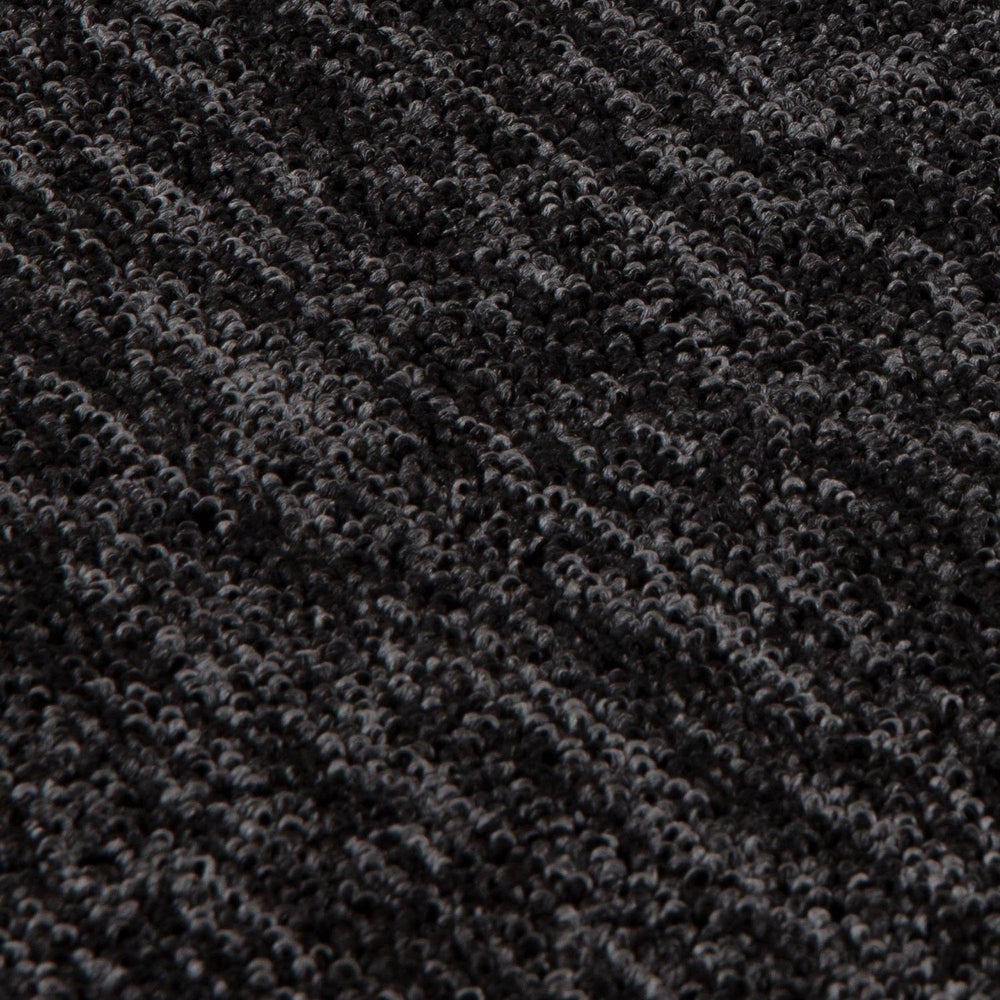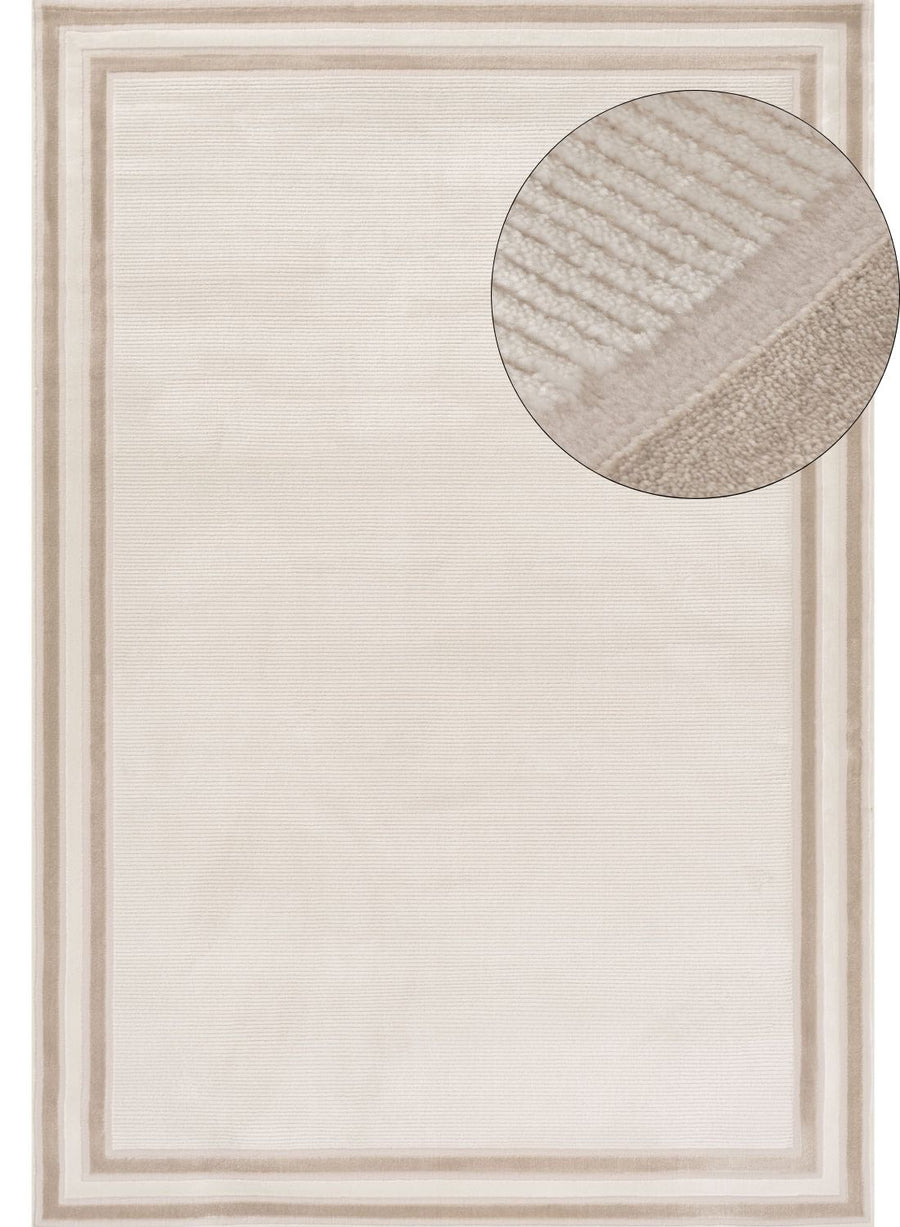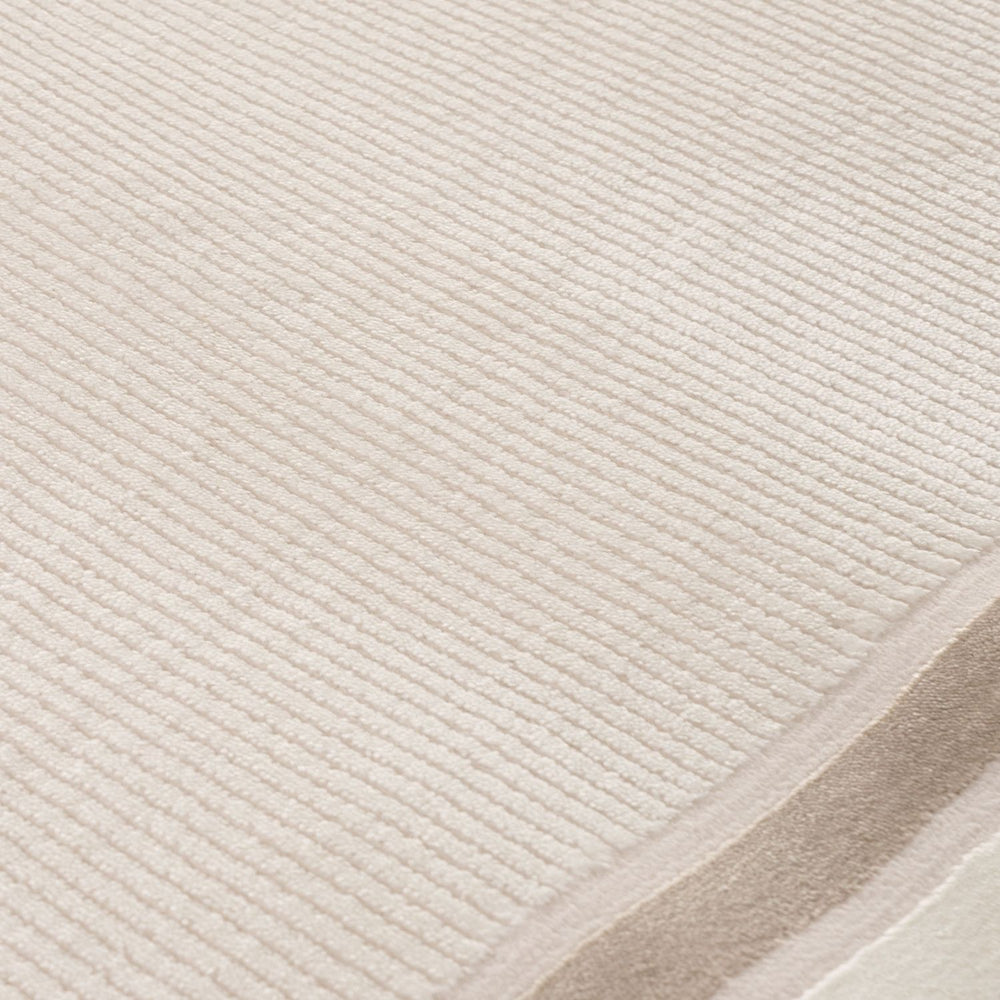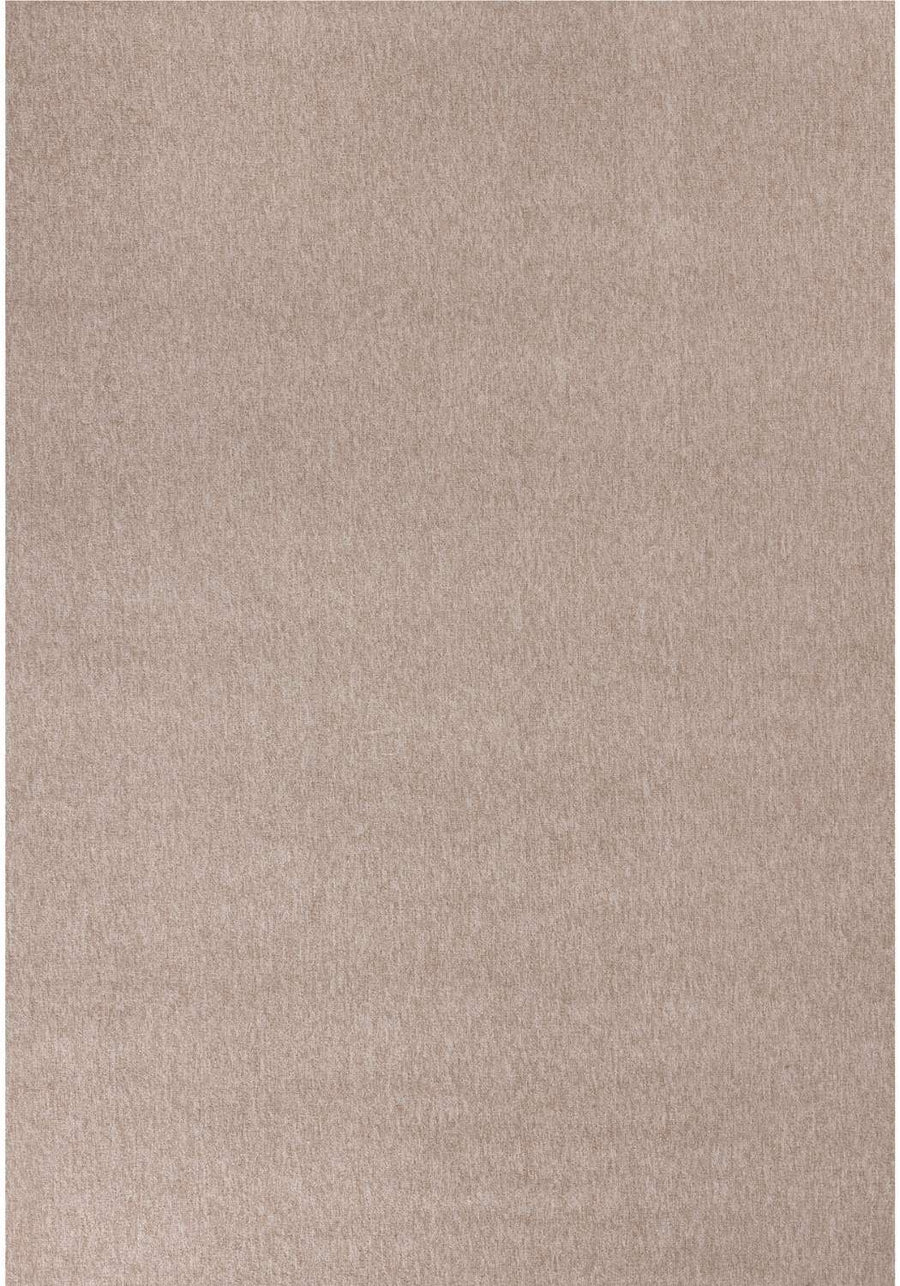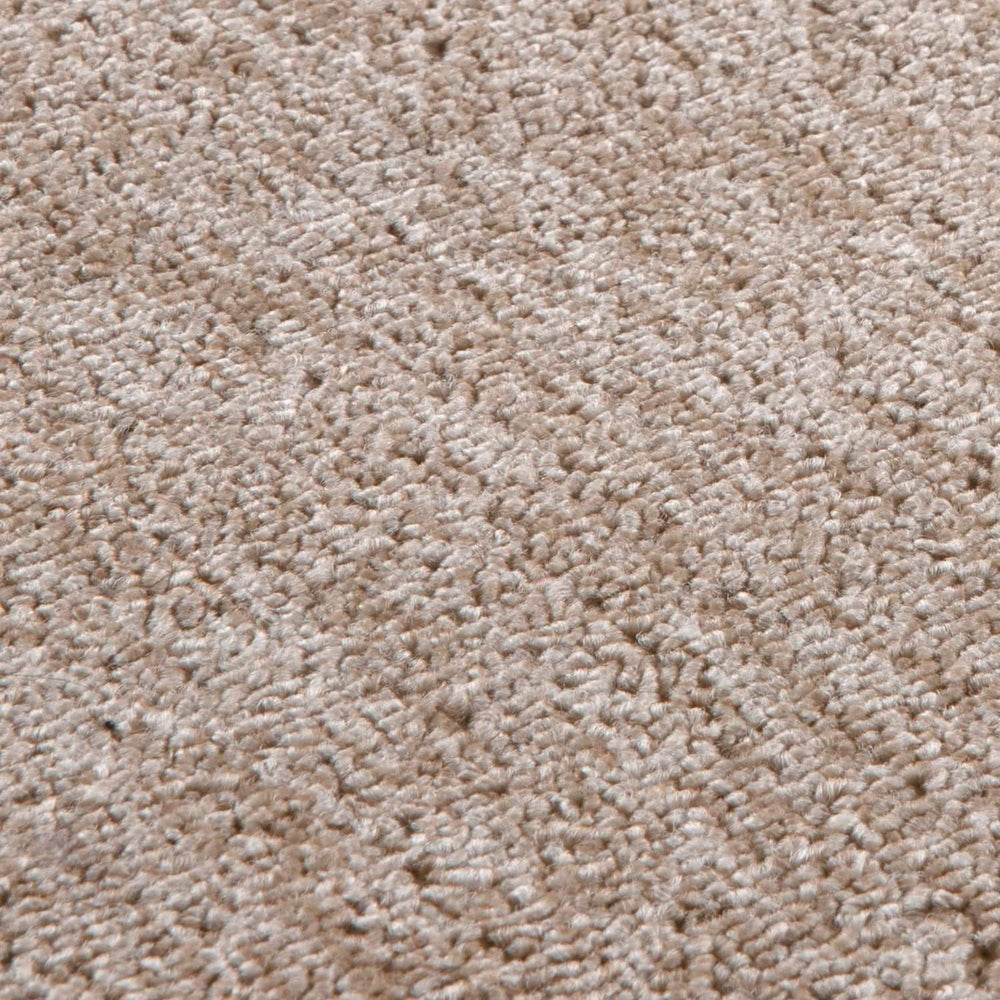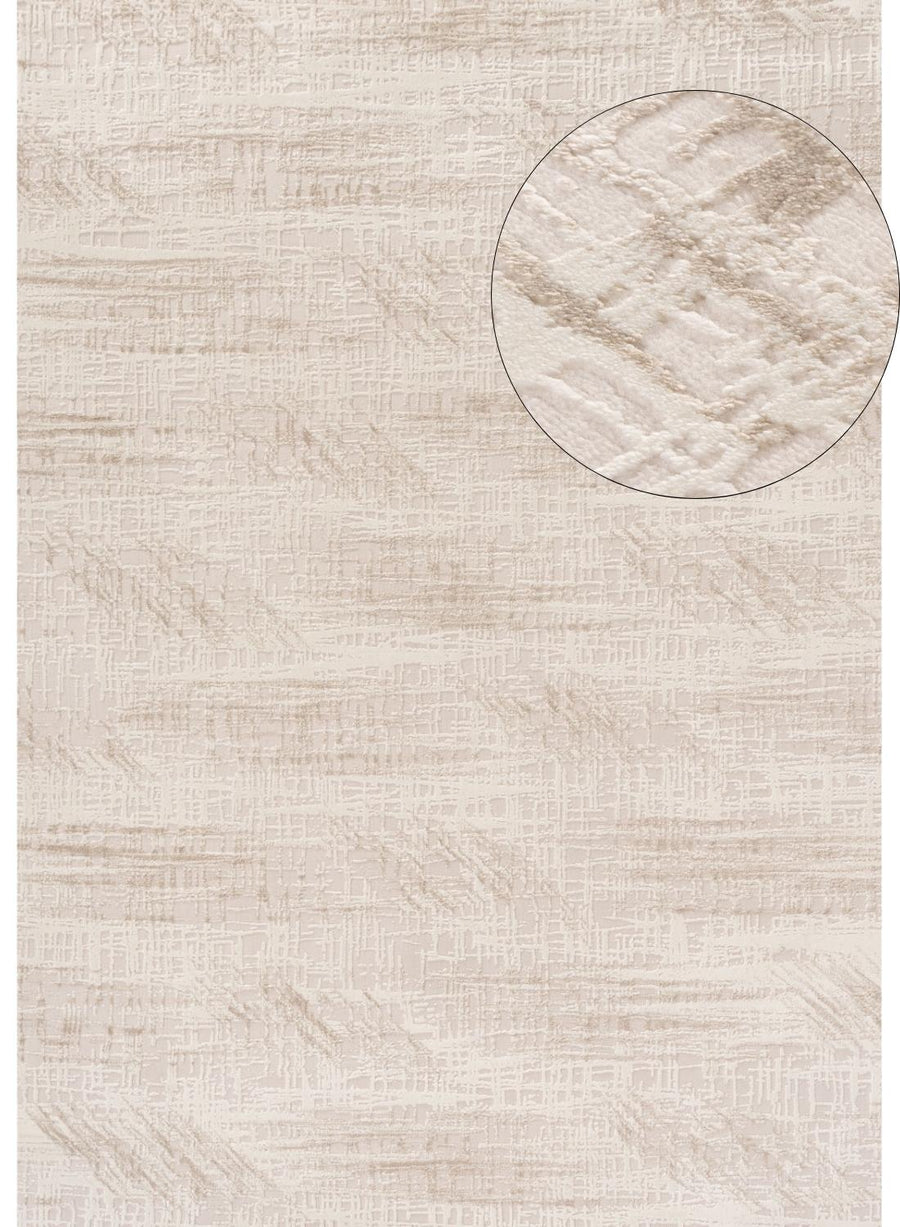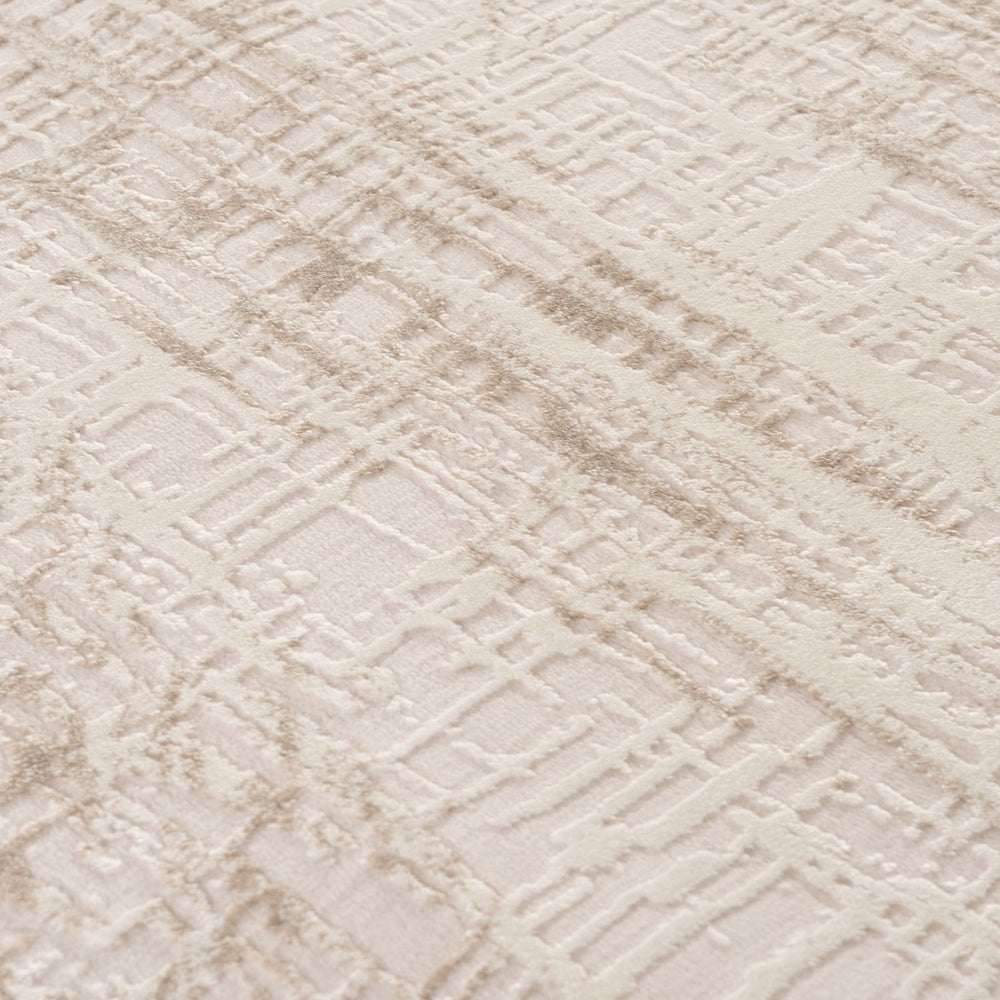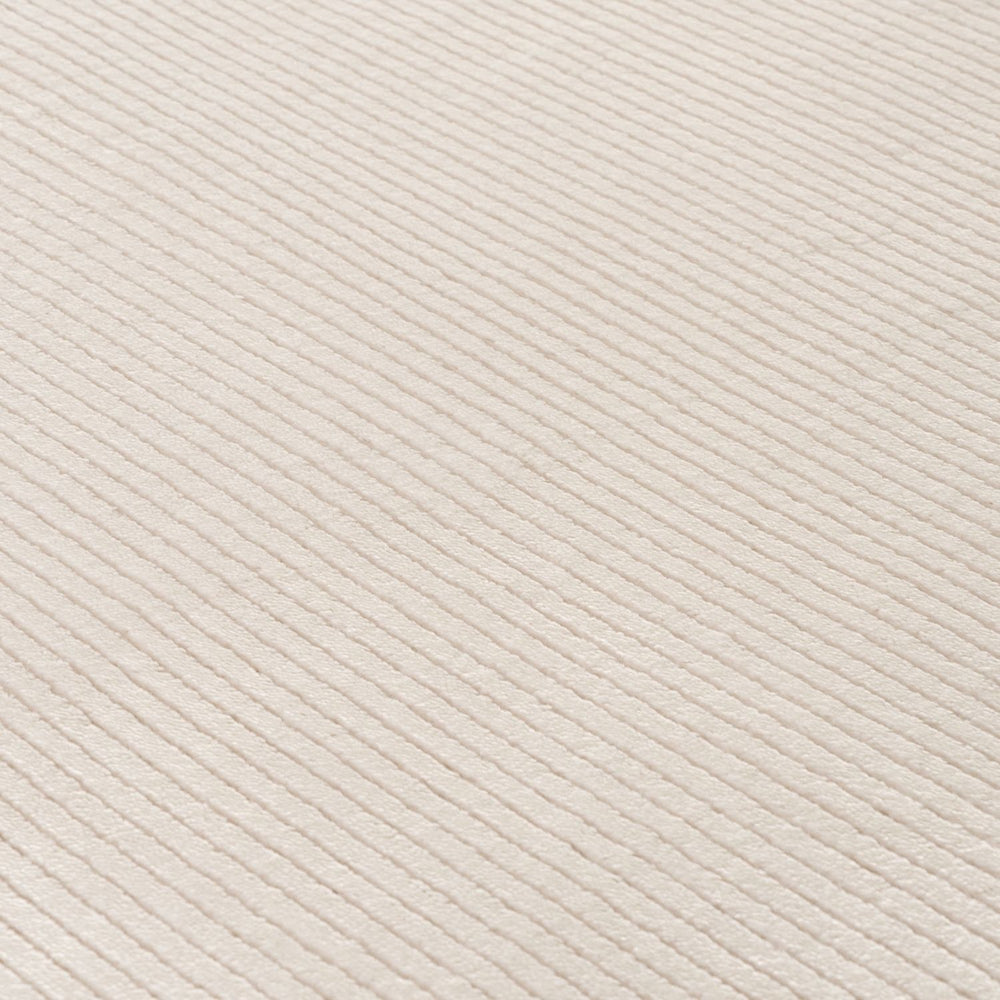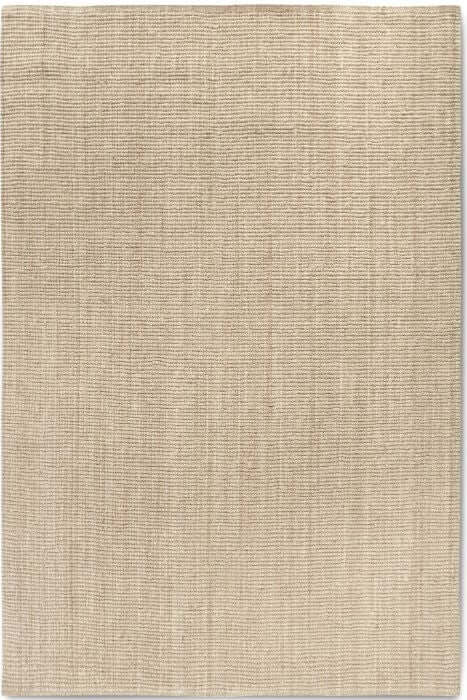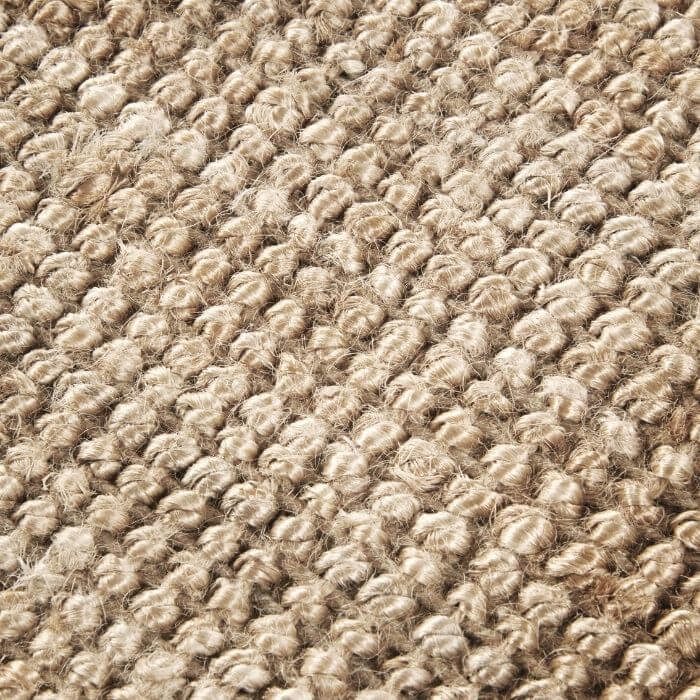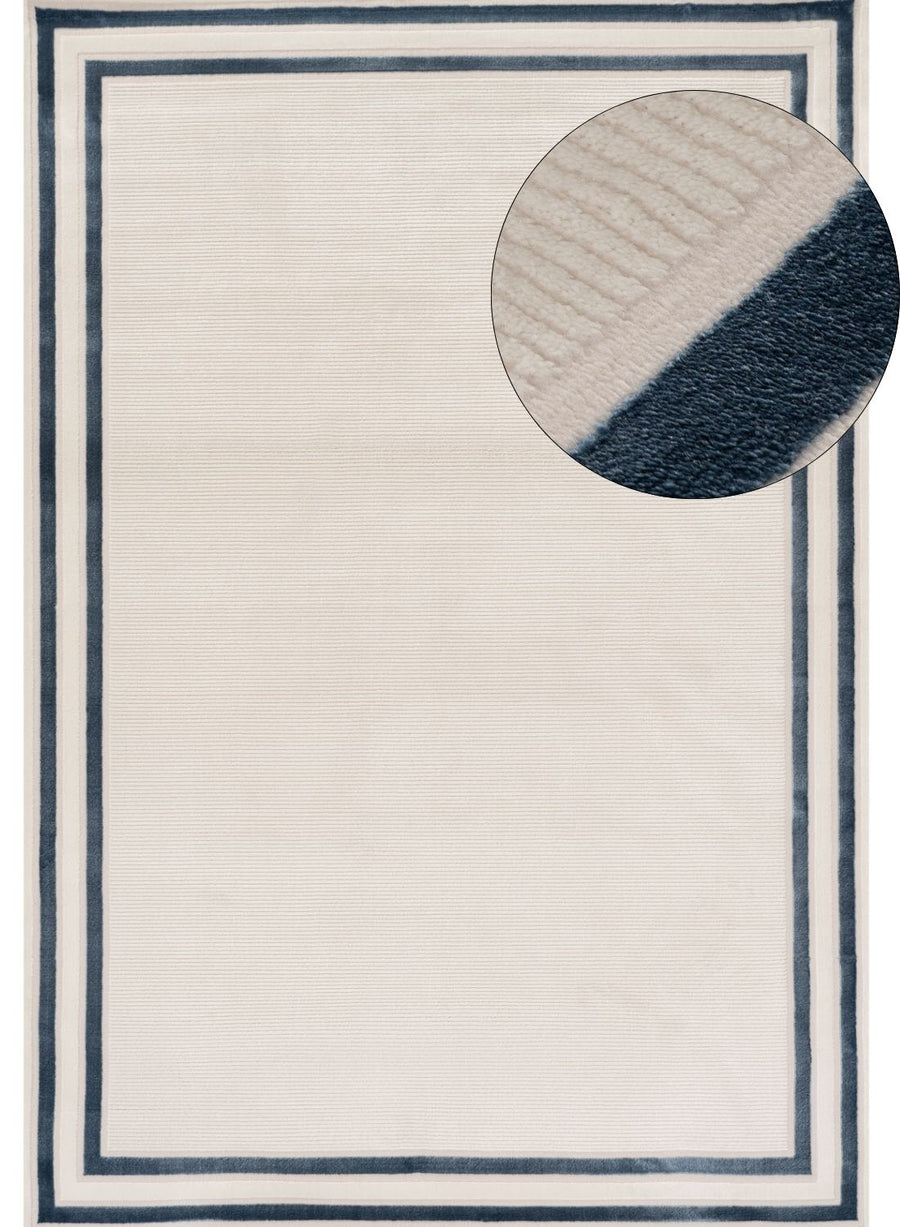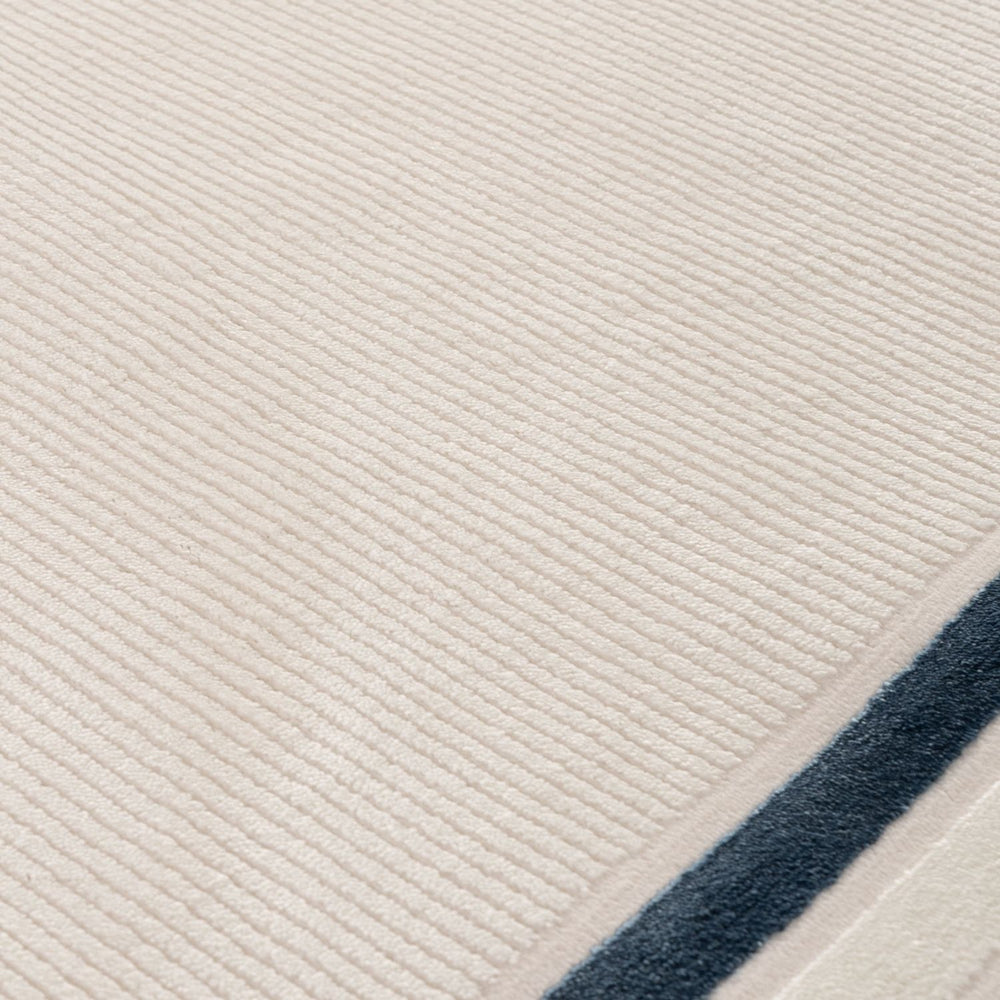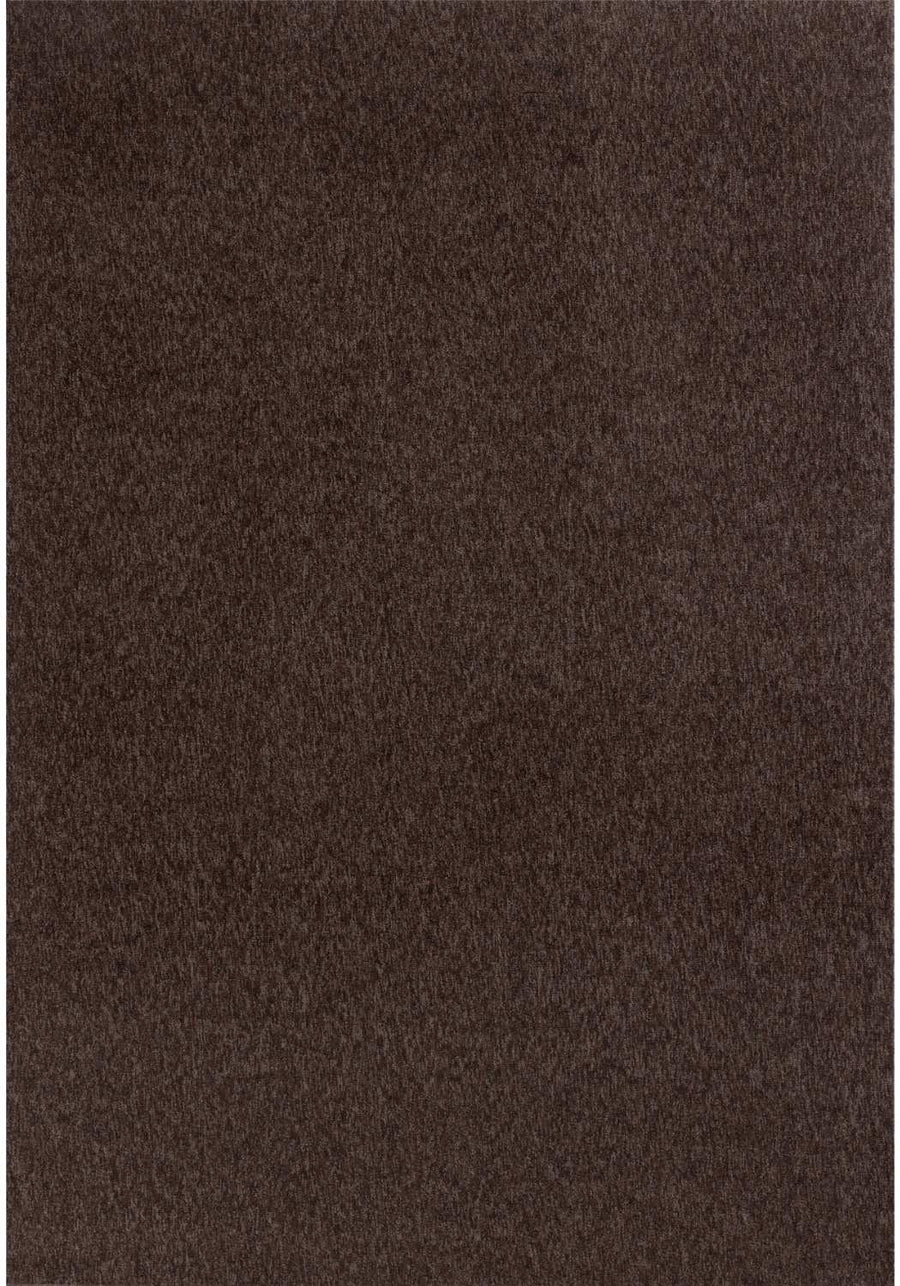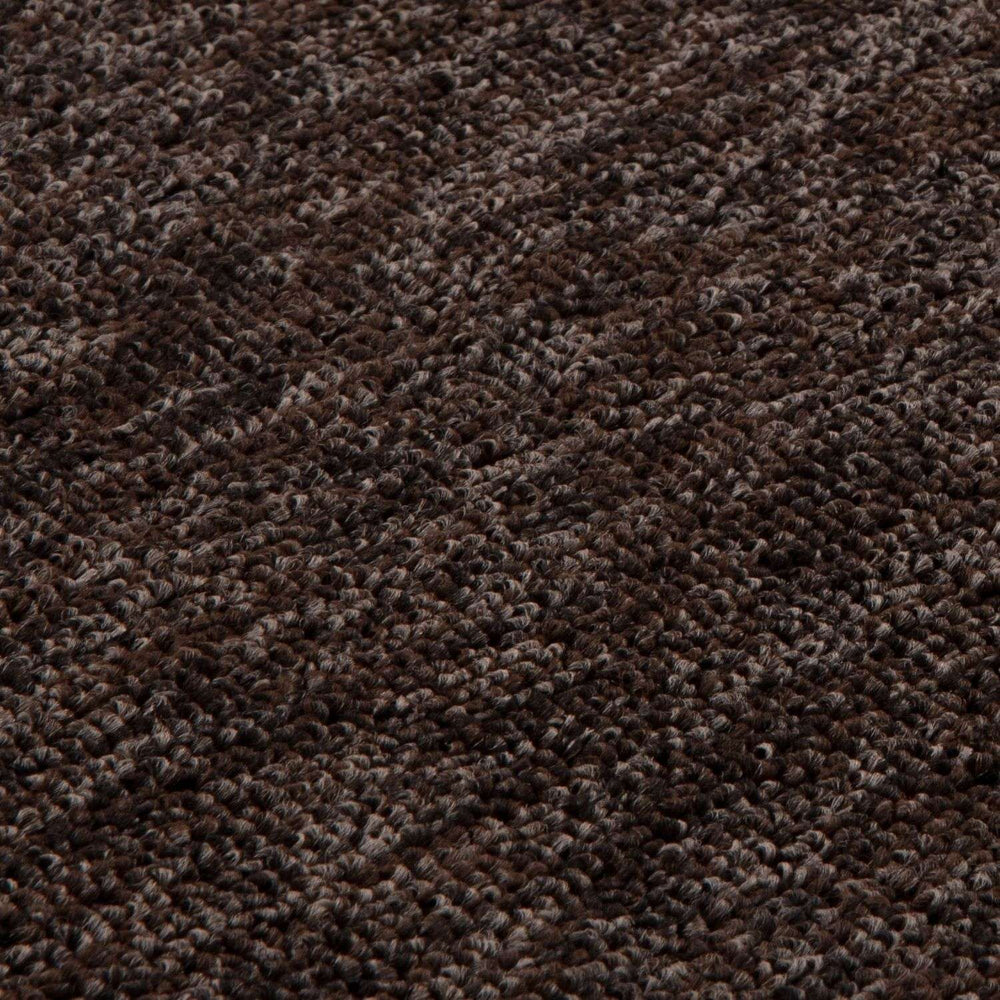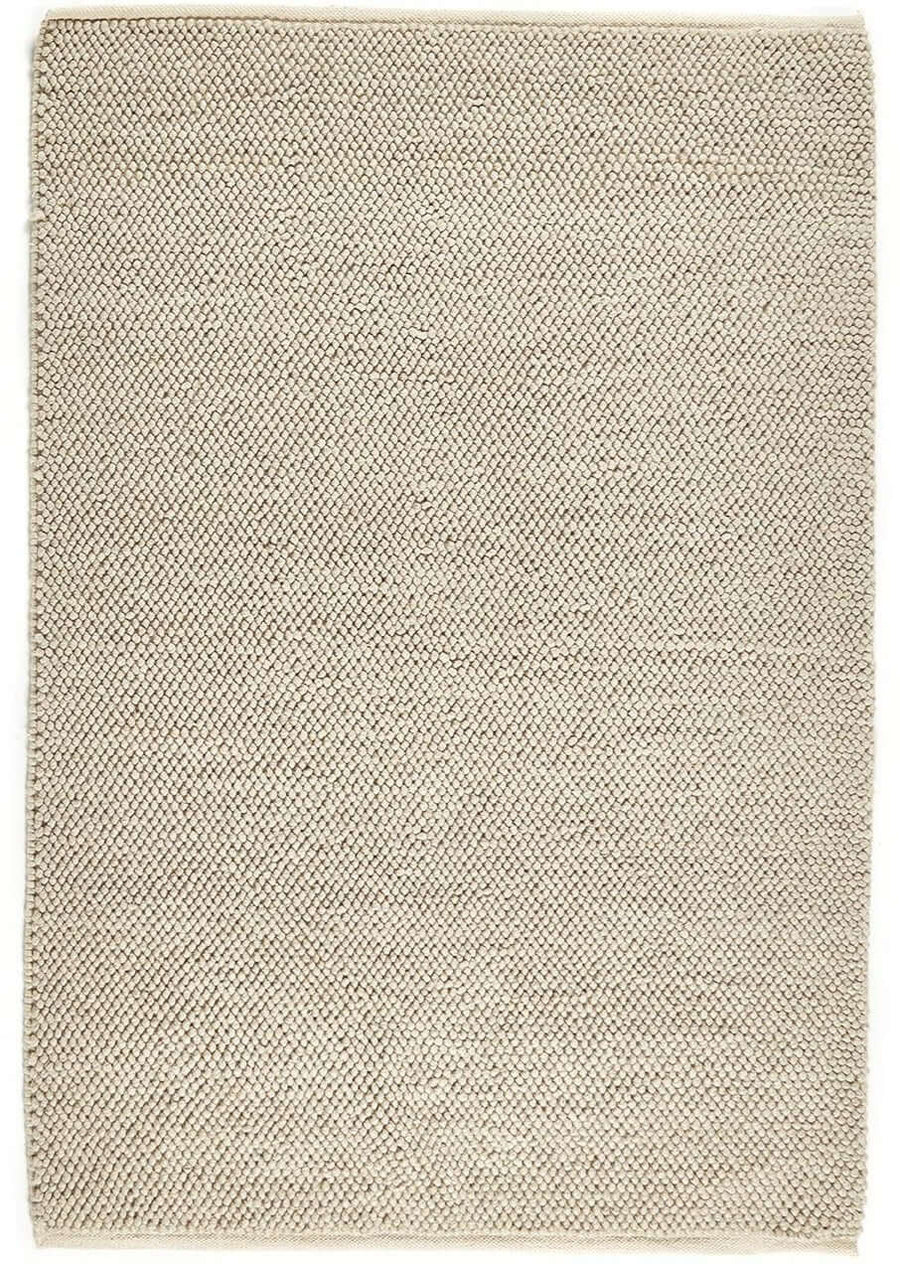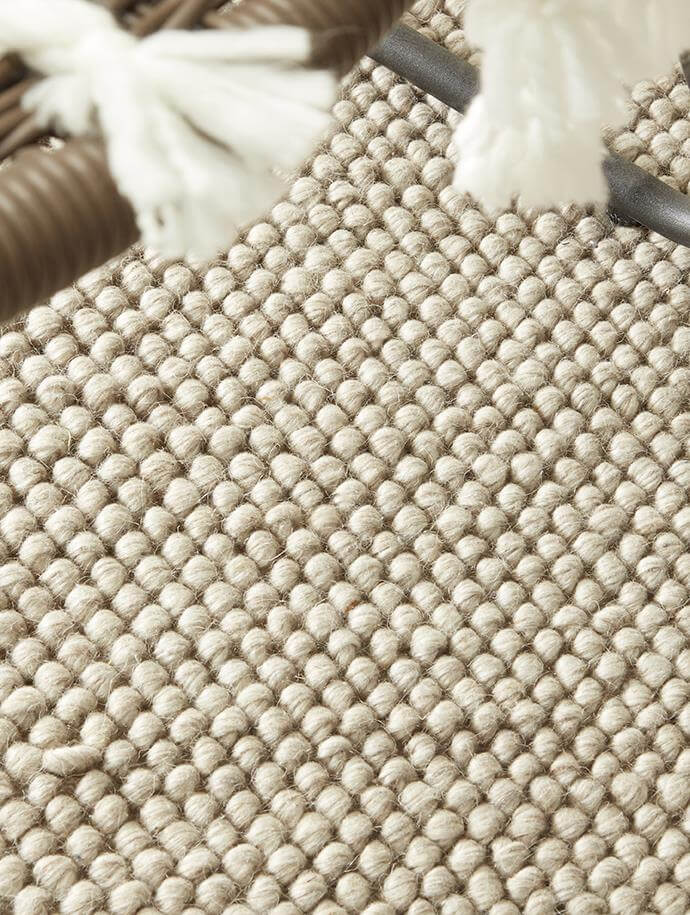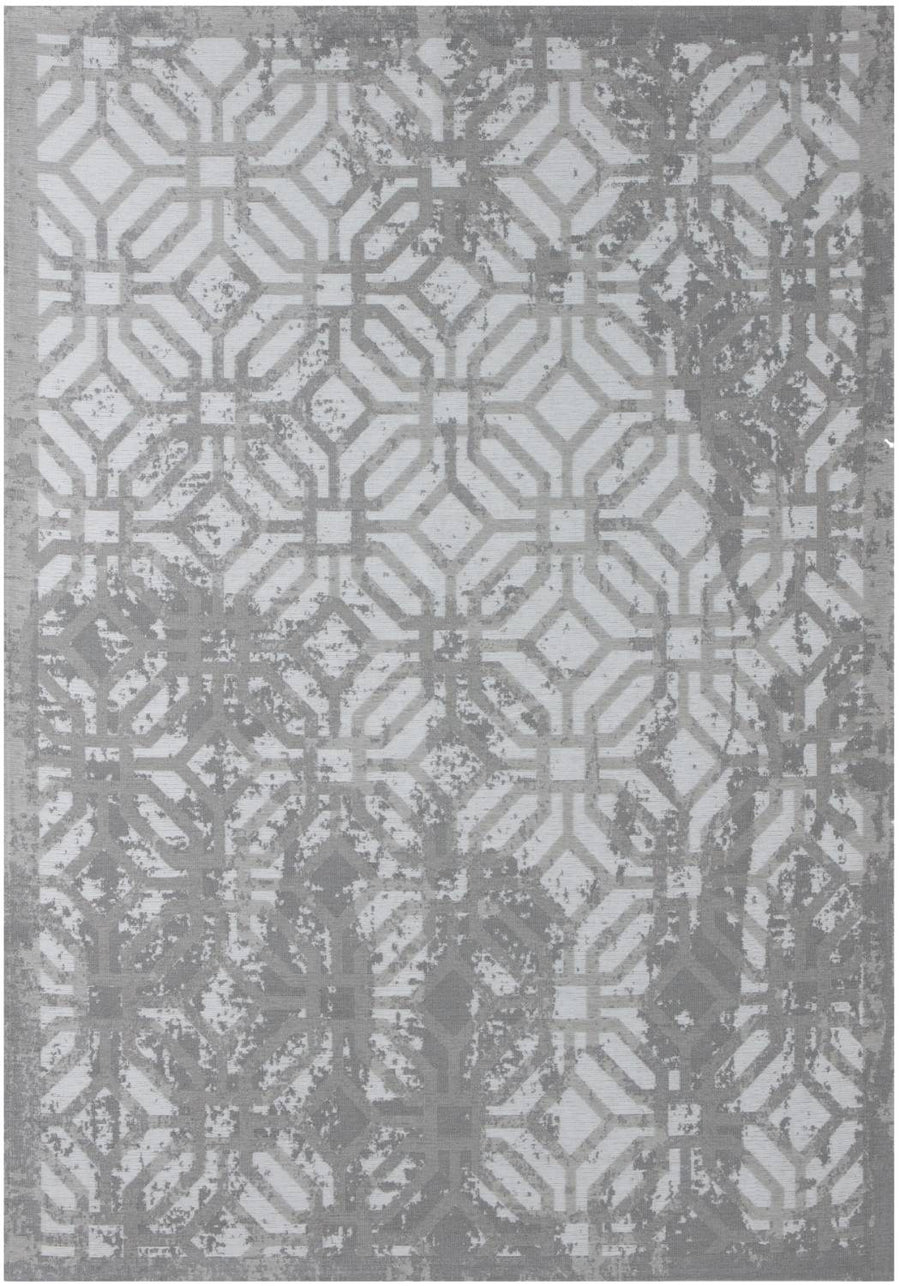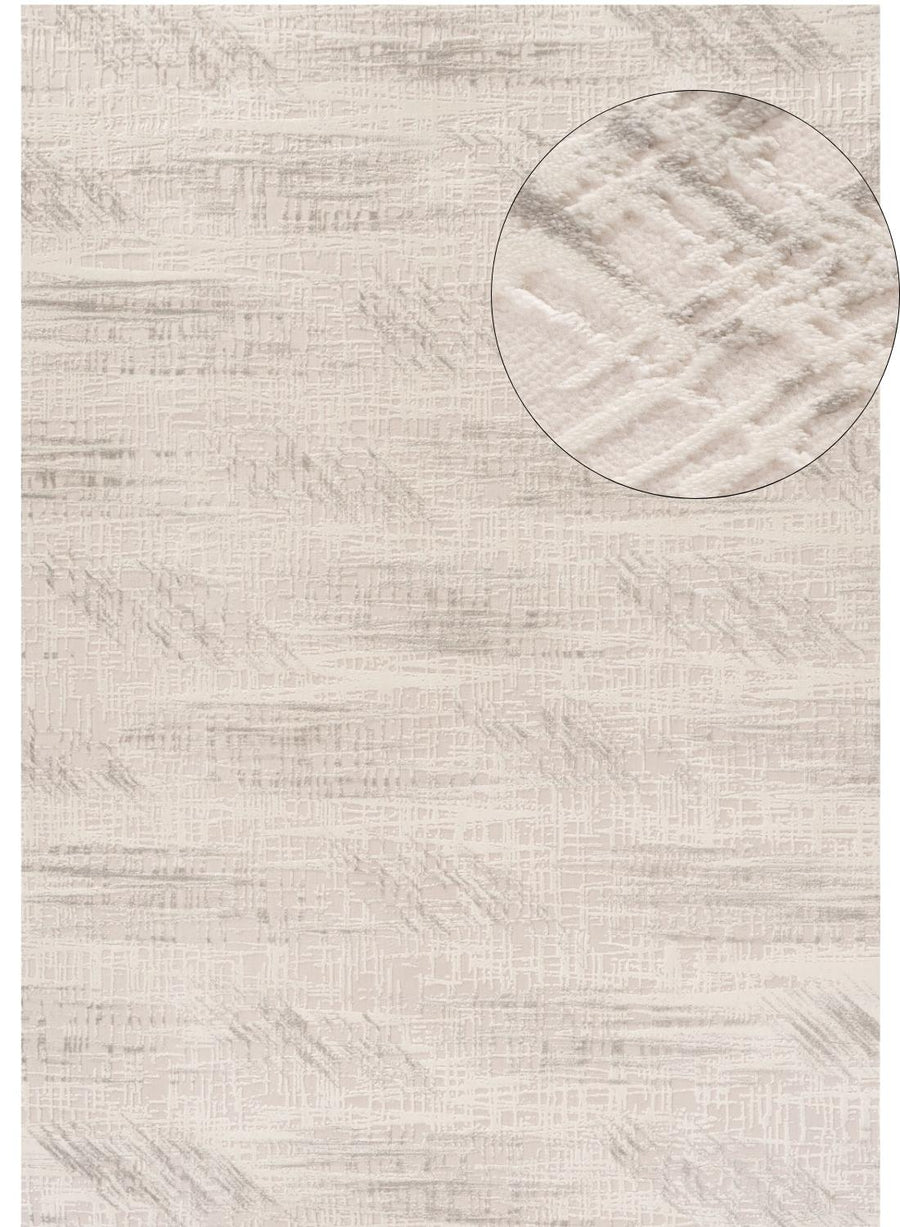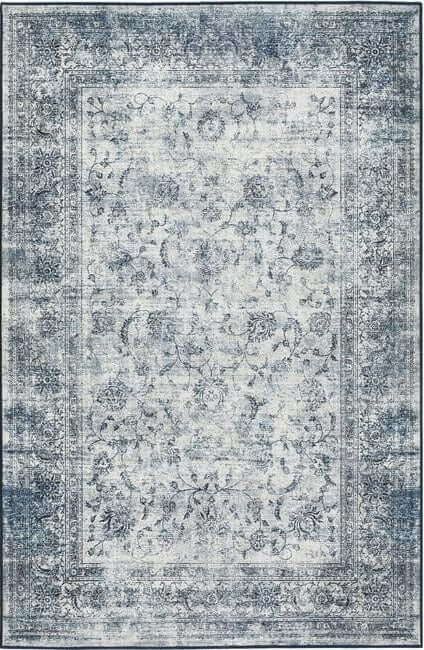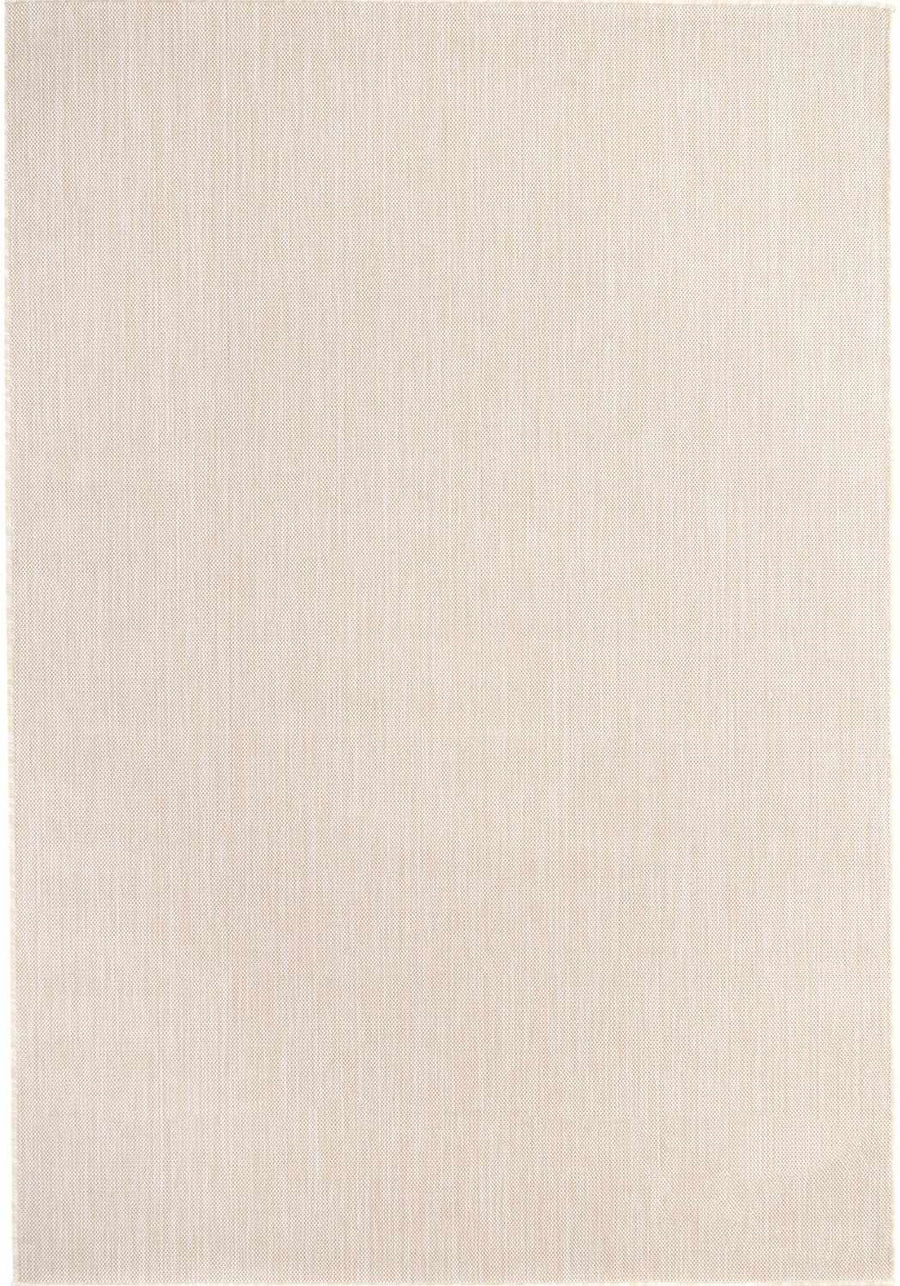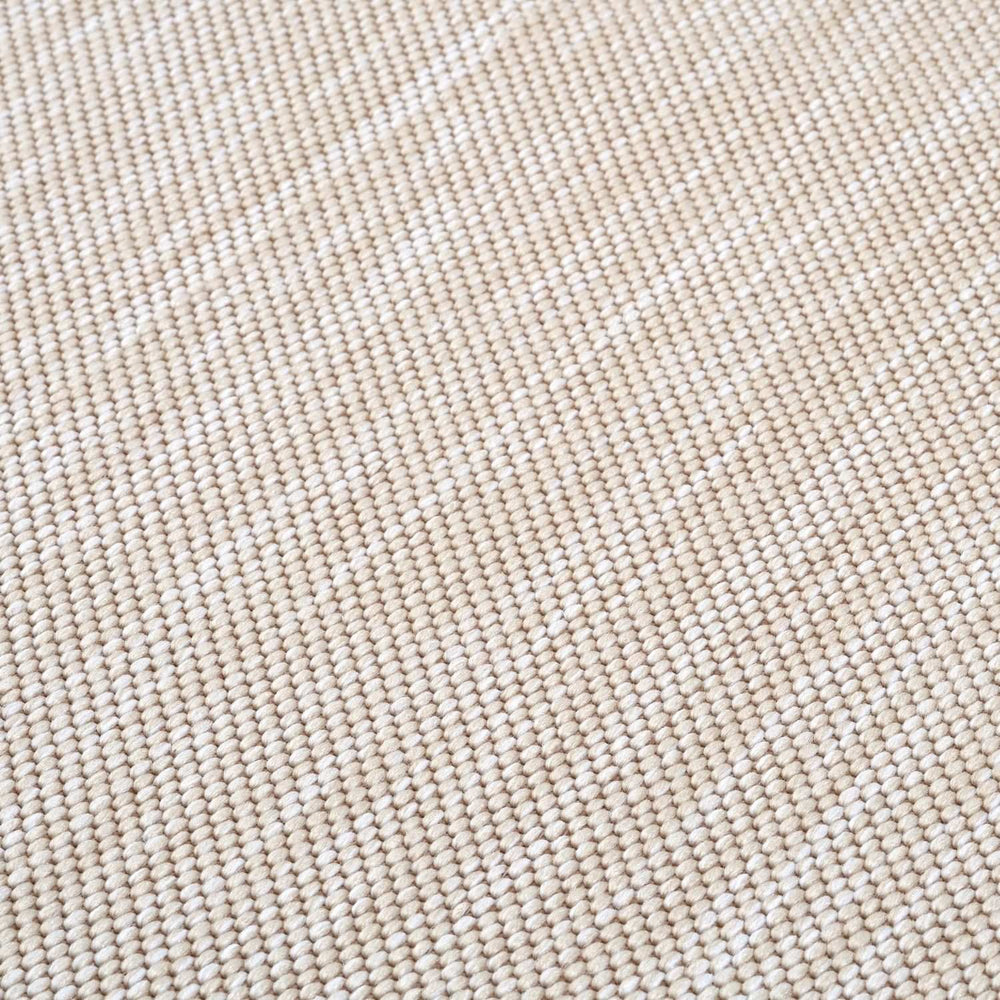Kitchen Rugs
1206 products
1206 products
Add warmth and charm to the heart of your home with our kitchen rugs, made for busy mornings, cosy cuppas, and everything in between. Designed to be practical, stylish, and easy to clean, they’re a perfect fit for hardworking spaces.
The kitchen is no longer just where you cook and sometimes eat dinner. It has become the heart of the home, where your family and friends gather to socialise, do homework, work, and share special moments.
As a homeowner, you probably want your kitchen to be functional, stylish and cosy. A kitchen rug can bring warmth and a touch of personality to the space and protect your floors.
Let's explore some basic things you need to know about kitchen rugs, from choosing the right size to the best location for your rug.
Choosing the right rug for your kitchen involves considering various factors to ensure it complements the space's aesthetics, serves a functional purpose, and is easy to maintain. Here's a step-by-step guide on how to choose a rug for your kitchen:
Start by measuring the area where you plan to place the rug. Consider whether you want a rug under the dining table, in front of the sink, or as a runner along a kitchen island.
Choose a rug size that fits your measured space appropriately. Typically, it is best if the kitchen rug extends beyond the edges of the furniture or designated area to create a balanced look.
Select a rug material that is suitable for a kitchen environment. Common options include:
Choose a design and colour that complements your kitchen's decor. Depending on your kitchen style, geometric, floral, or solid colours work well. When it comes to colour, you can match the rug's colours to your kitchen's existing colour palette or use it as an accent piece to add contrast.
Determine the rug shape that suits your kitchen layout. Standard options include rectangular, round, and oval. The shape should harmonise with the room's geometry.
For the kitchen, choosing a rug with a low to medium pile height is usually best. This makes it easier to clean and prevents tripping hazards.
Check the care instructions for the rug. Some kitchen rugs are machine washable, while others may require professional cleaning. Whatever you choose, make sure it's practical for your lifestyle.
In areas with heavy foot traffic or where water spills are common, consider using a rug pad or rug with a non-slip backing to prevent accidents.
Determine your budget and find a rug that meets your criteria within that range. Remember that a rug is an investment in both style and functionality.
Choosing the right size for your kitchen rug is essential to ensure it fits the space correctly and serves its purpose effectively. Let's see what the ideal rug dimensions for various areas within your kitchen are:
Consider a small kitchen mat around 2 feet by 3 feet. This size provides enough coverage to catch spills and provide comfort while standing at the sink.
If you're placing a rug under a kitchen island, the size of the island will determine the rug's dimensions. Ideally, the rug should extend a few inches beyond the island's edges to create a balanced look. Simply measure the length and width of your island and add a few extra inches to each side.
If you have a dining table in your kitchen, the rug should be large enough to accommodate both the table and chairs. Measure the length and width of your dining table, then add at least 24-36 inches to each side to allow chairs to comfortably slide in and out while remaining on the rug.
A runner rug can work well in a narrow or galley kitchen. Choose a runner that is long enough to cover the length of the walkway, leaving a few inches of space on either side.
For open-concept kitchens that flow into other living spaces, consider using rugs to define different zones. The kitchen rug should be large enough to encompass the key kitchen elements like the sink, island, and kitchen table and create a distinct visual separation from the rest of the space.
A well-proportioned rug can transform your kitchen into a more inviting and visually appealing environment.
Rugs can be placed in various areas within your kitchen to add style, comfort, and functionality. Here are common areas where you can place kitchen rugs:
In Front of the Sink: Placing a kitchen mat in front of the kitchen sink can provide comfort and support while doing dishes. It also helps protect the floor from water splashes. Select a rug that is water-resistant and easy to clean for this space.
Under the Dining Table: A rug under the dining table can define the space and add warmth if you have a dining area within your kitchen.
Kitchen Island: Placing a rug under a kitchen island can anchor the space and create a visual focal point.
Galley or Narrow Kitchens: A runner rug can provide some depth and colour to the space in narrow kitchens or galley kitchens.
High-Traffic Areas: Kitchen rugs can be placed in high-traffic areas to protect the flooring and provide comfort. These areas might include the space between the stove and sink or any frequently walked paths.
Open Concept Kitchens: In open-plan kitchens that flow into other living spaces, rugs can be used to define different zones.
Beneath Kitchen Furniture: Rugs can be placed beneath kitchen furniture, like rolling carts or kitchen islands, to prevent scratching or scuffing of the floor.
Near Entryways: If your kitchen has an entryway or opens directly to an exterior door, consider placing a kitchen mat near the entrance to trap dirt and debris before it spreads throughout the kitchen.
In Front of Appliances: Placing small kitchen mats or rugs in front of appliances like the stove or dishwasher can provide a comfortable standing area and protect the floor from spills.
Custom Areas: Depending on your kitchen's layout and design, you may find other unique areas where a rug can be placed to enhance the overall look and feel of the space.
Selecting the right rug involves careful consideration of size, material, and placement. A well-chosen kitchen rug or mat adds style and enhances comfort and functionality in this essential space. The right rug can transform your kitchen, whether under the sink, dining table, or island.
Ready to evolve your kitchen into a cosy and inviting culinary haven with The Rugs? Check out our range of kitchen rugs here.
| Related Posts |
| Home Decoration |
| Kitchen ideas |
Placing a rug in front of your kitchen sink can be beneficial. It provides comfort while standing for long periods, absorbs water splashes, and adds a decorative touch. The Rugs offers water-resistant options perfect for this high-traffic area, ensuring both style and practicality in your kitchen design.
Jute rugs can be suitable for kitchens, offering natural texture and eco-friendliness. However, they require careful consideration:
The Rugs recommends jute for low-spill areas of the kitchen, paired with a protective treatment for longevity.
Kitchen rugs are definitely in style, adding warmth and personality to the heart of the home. Current trends favor:
The Rugs offers a wide selection of stylish kitchen rugs to suit various design preferences and practical needs.
Rugs in kitchens can be an excellent idea when chosen wisely. They offer:
The Rugs provides kitchen-friendly options that balance style with practicality, ensuring your kitchen rug is both beautiful and functional.
Absolutely! You can and should consider a rug in the kitchen. Key points to remember:
The Rugs offers a variety of kitchen-appropriate rugs that combine style with the durability needed for this high-traffic area.
The best kitchen rugs combine durability, easy maintenance, and style. Top choices include:
The Rugs curates a selection of high-quality kitchen rugs designed to withstand the demands of this busy space while enhancing your decor.
A rug under a kitchen table is not necessary but can be highly beneficial:
The Rugs offers appropriately sized rugs to complement your kitchen table, balancing functionality with style.
Kitchen rugs can be placed in front of both the sink and stove, each serving a different purpose:
The Rugs recommends using separate rugs for these areas, choosing materials suited to each location's specific needs for optimal functionality and safety.








Subscribe today and get 10% off your first purchase




